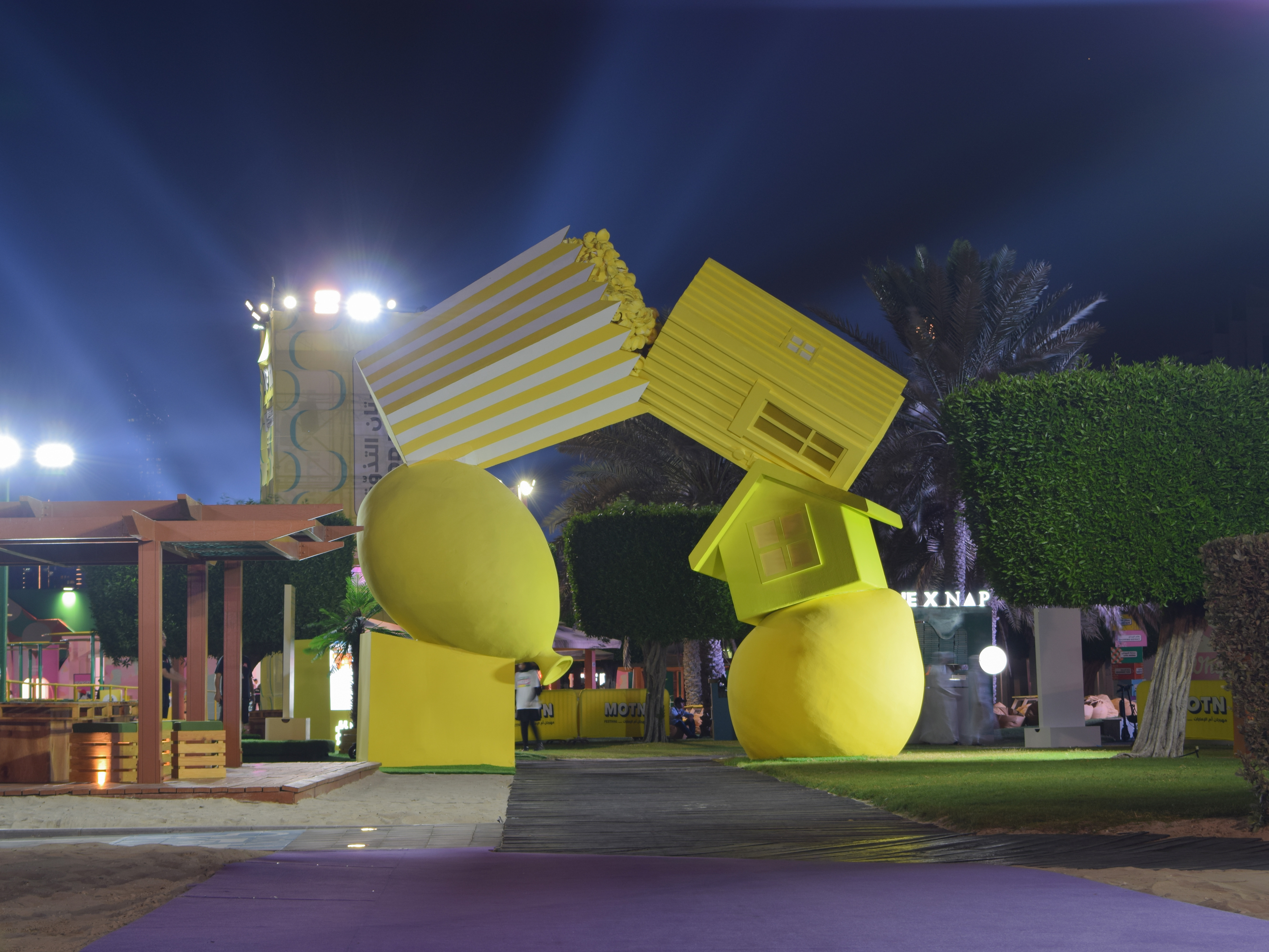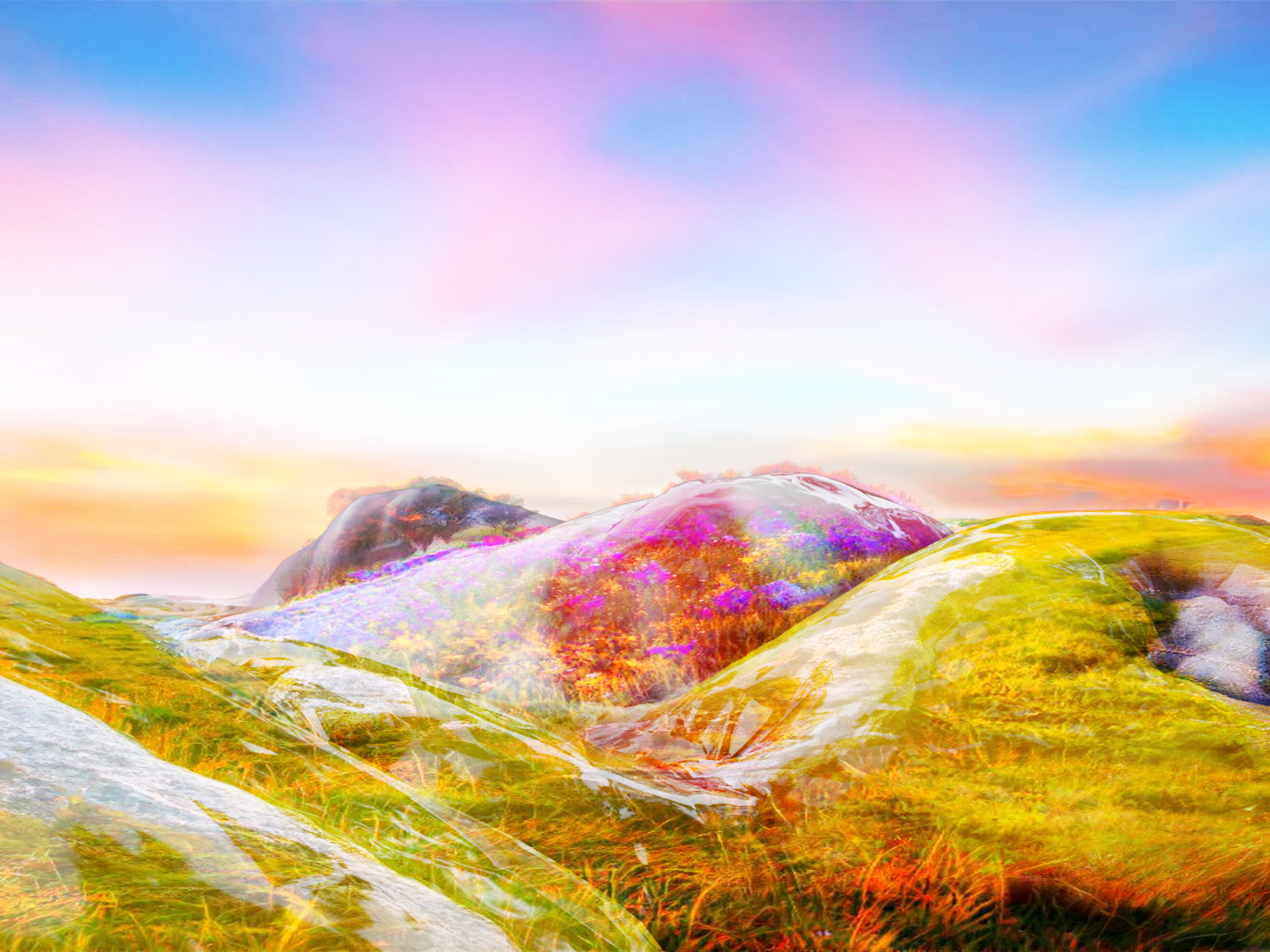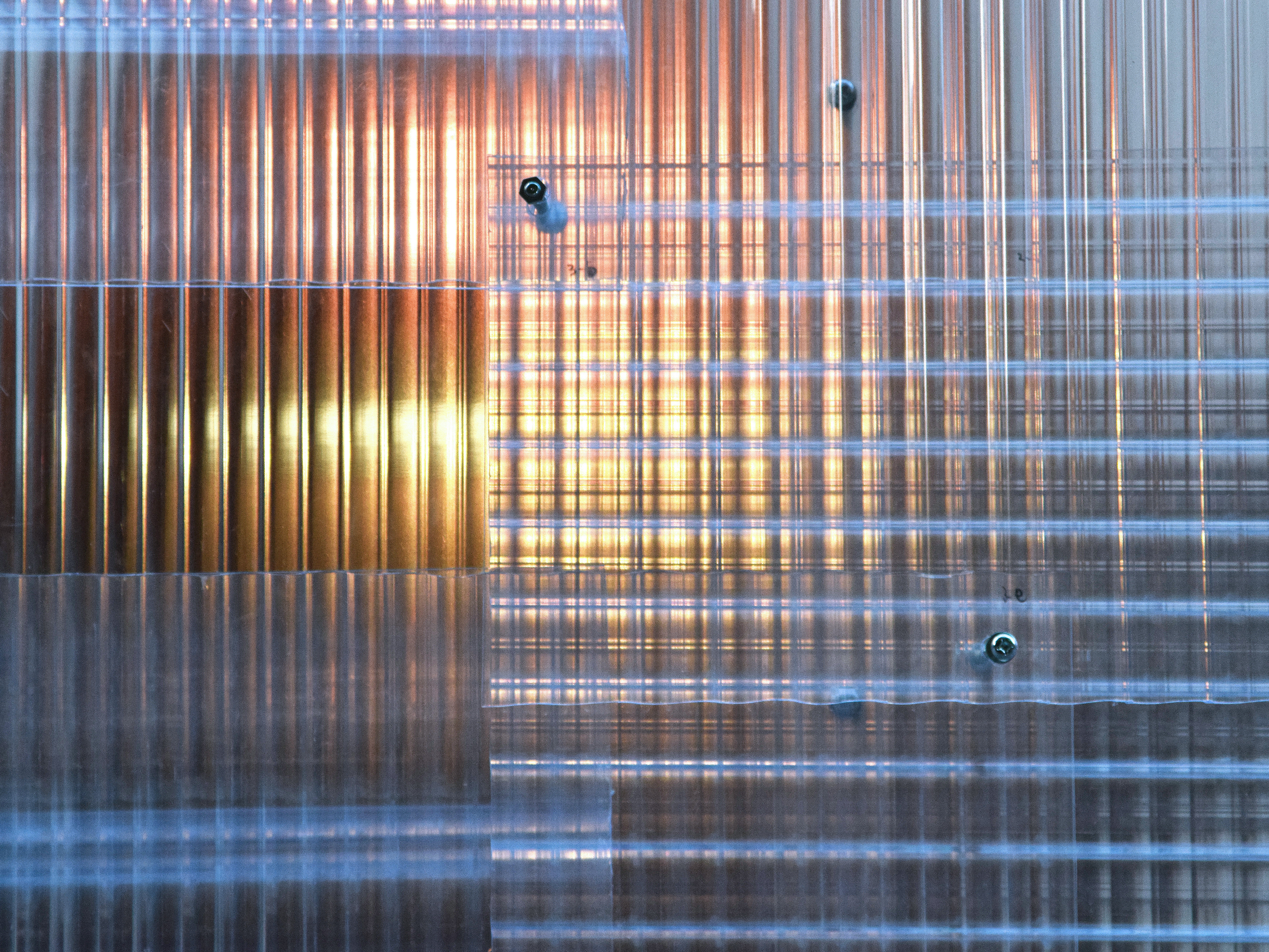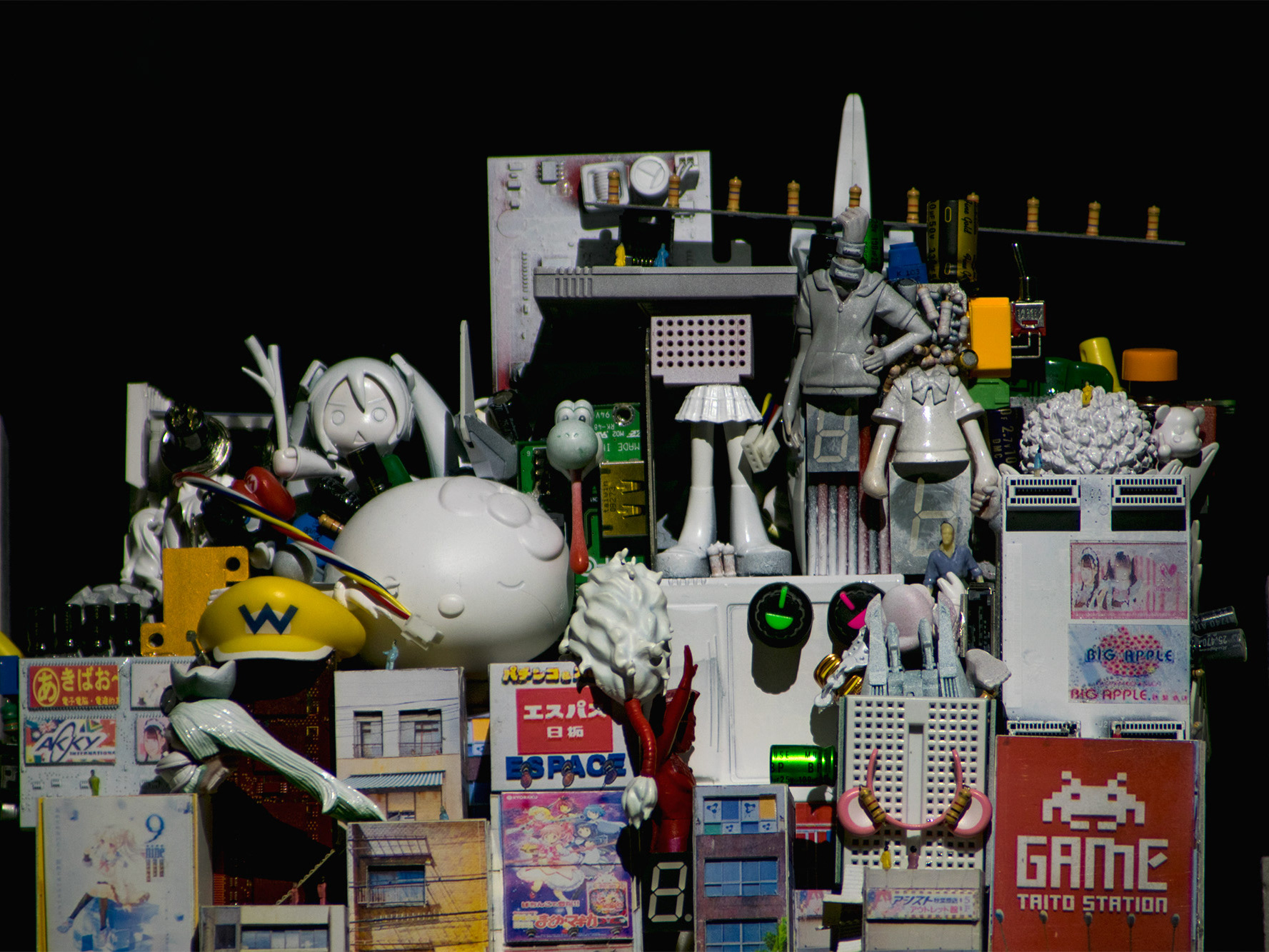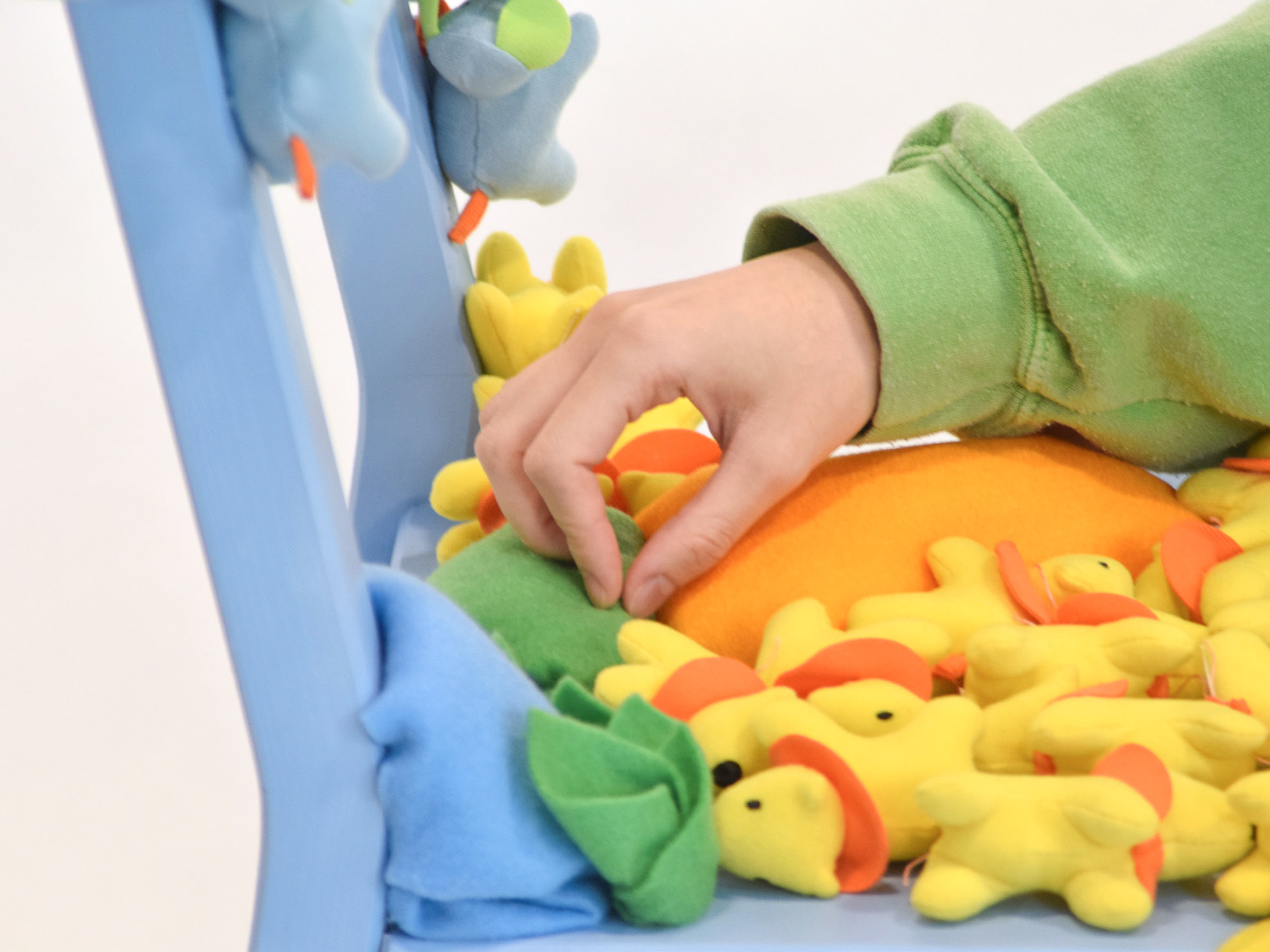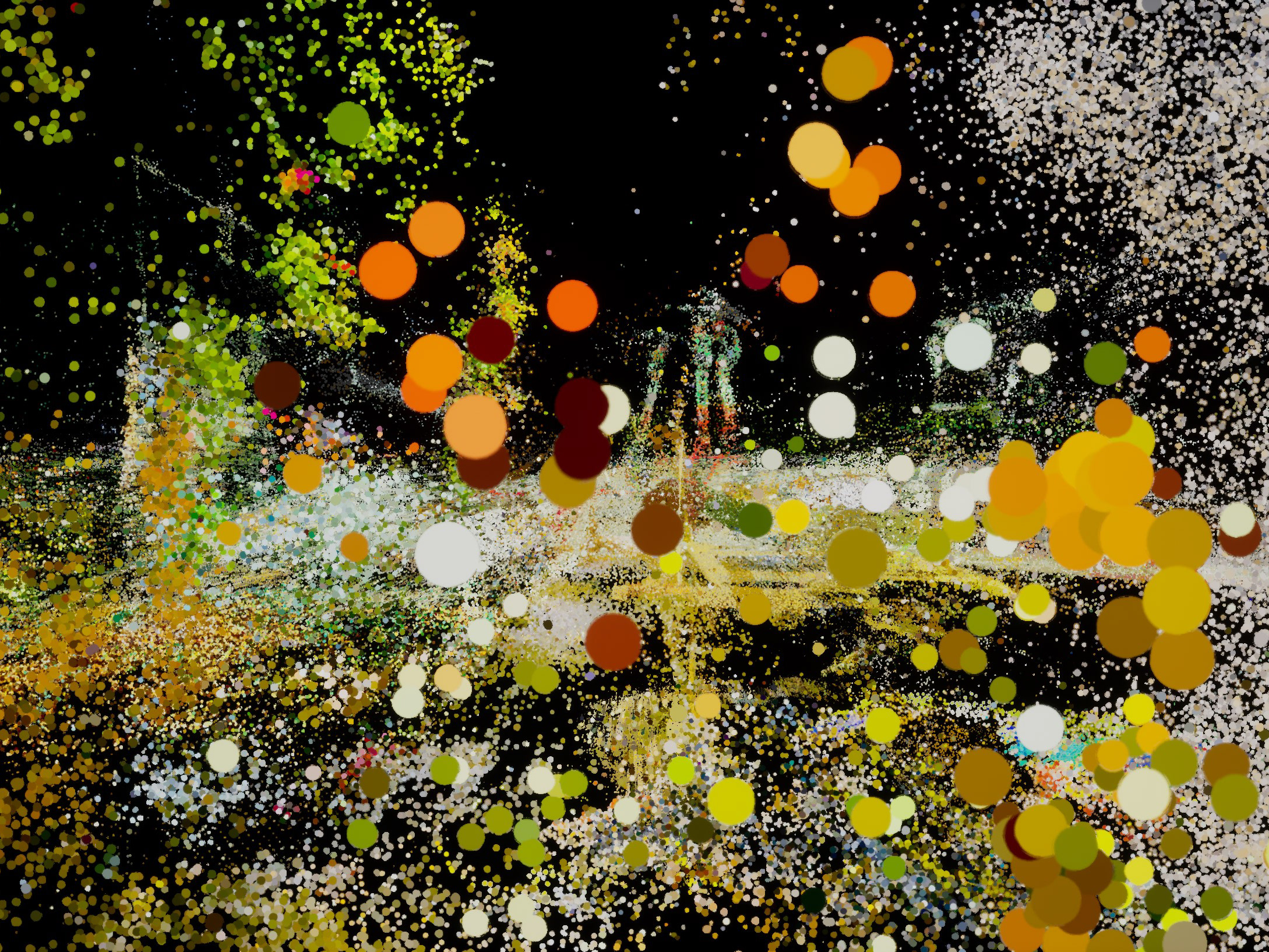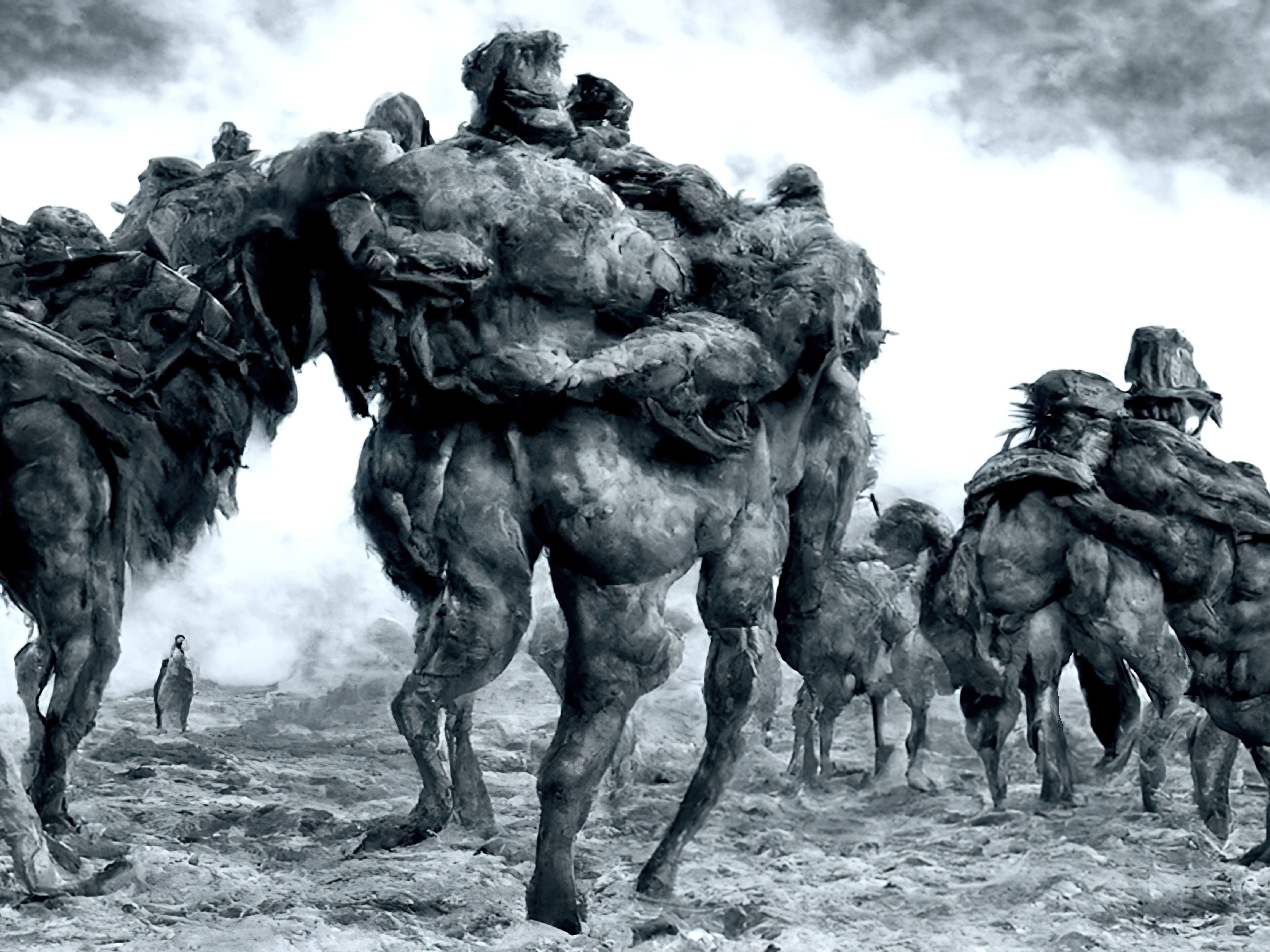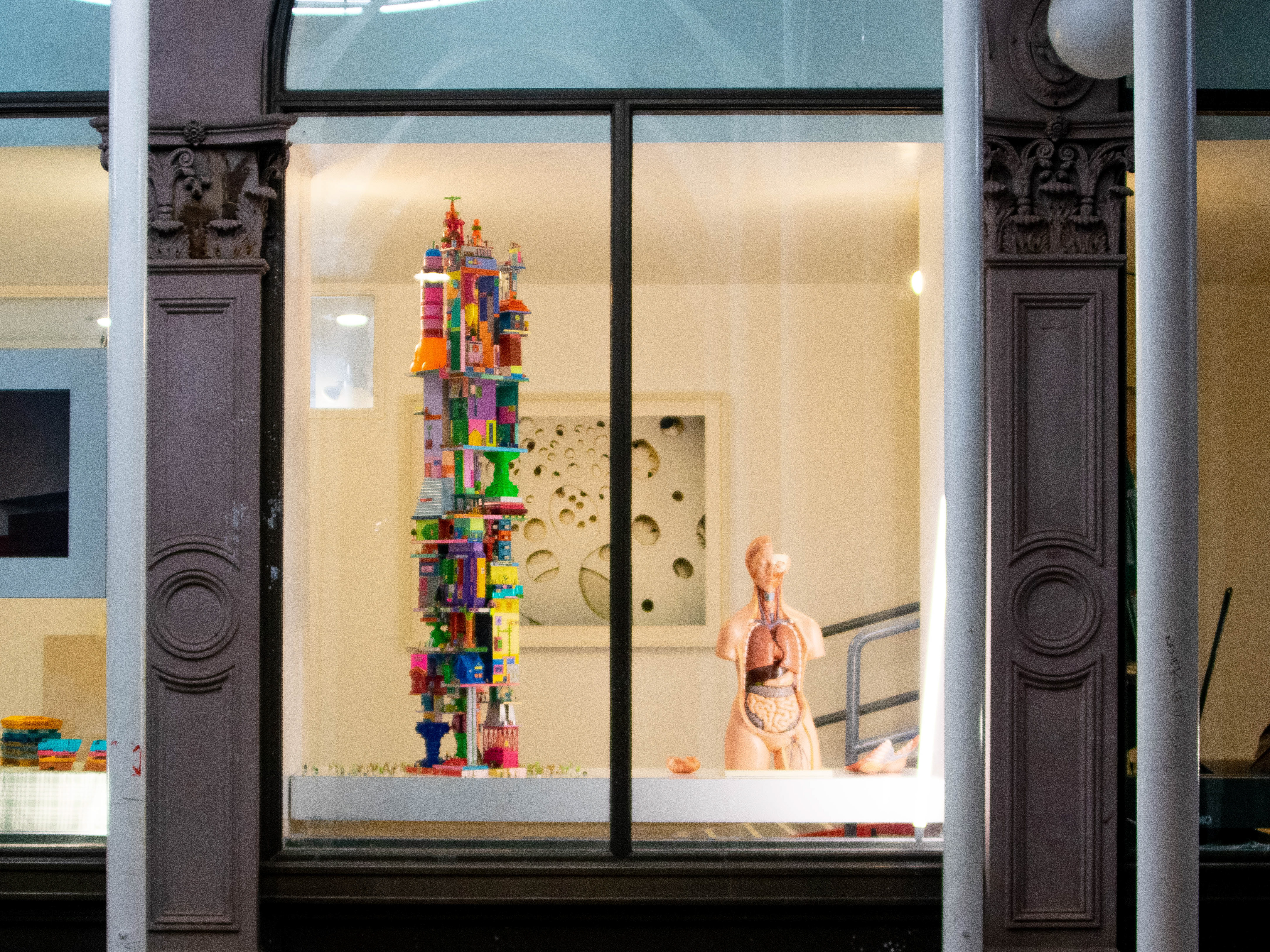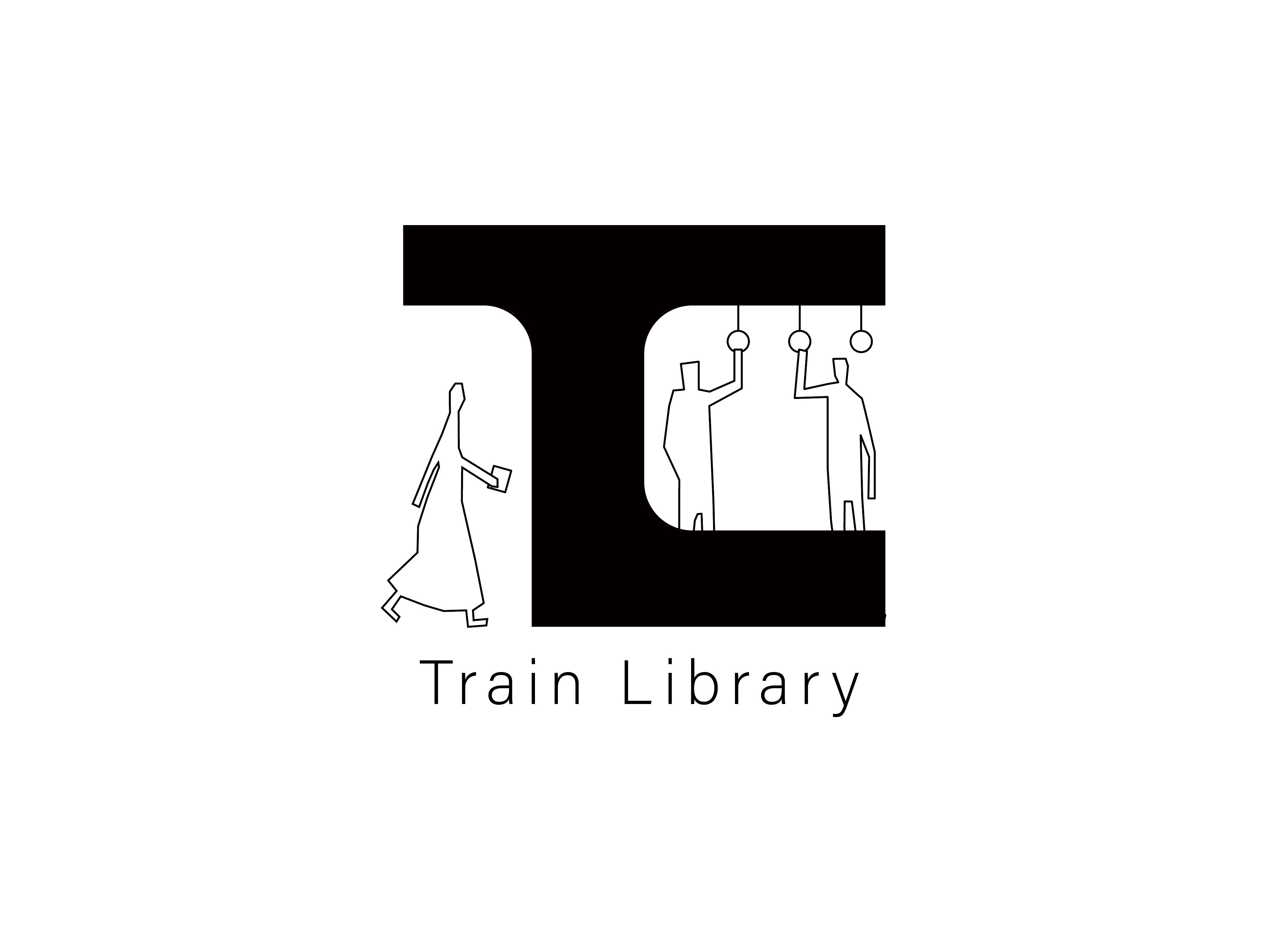Before Modernism, architecture was often marked with ornamentation incorporating nature motifs. Similarly, contemporary architecture often uses literal natural motifs to signify allegiance to sustainability principles (grass growing vertically on walls, for example).
Because of its literalness, the symbolic (ornamental) function of such design decisions are not obvious.
Because of its literalness, the symbolic (ornamental) function of such design decisions are not obvious.
Instead of using nature motifs to produce architectural effects, this project is an experiment in using cultural motifs to produce natural effects.
DTLA ROW is the testing ground for this experiment. The site where DTLA ROW is located was the terminus of the Southern Pacific Railroad 100 years ago. The utilitarian industrial buildings were recently converted and are currently being used for offices and shopping. Though there is something interesting about the brutality of its current situation, it remains somewhat desolate and could use another approach to make it more inviting and exciting.
The ornament used in this project is a combination of digital objects salvaged from the Internet combined with texture maps generated with AI. The ornament is simultaneously applied to the facades of an existing building as well as the “horizontal facade” of the surface parking. Together, the intention is to produce a different kind of urban landscape.
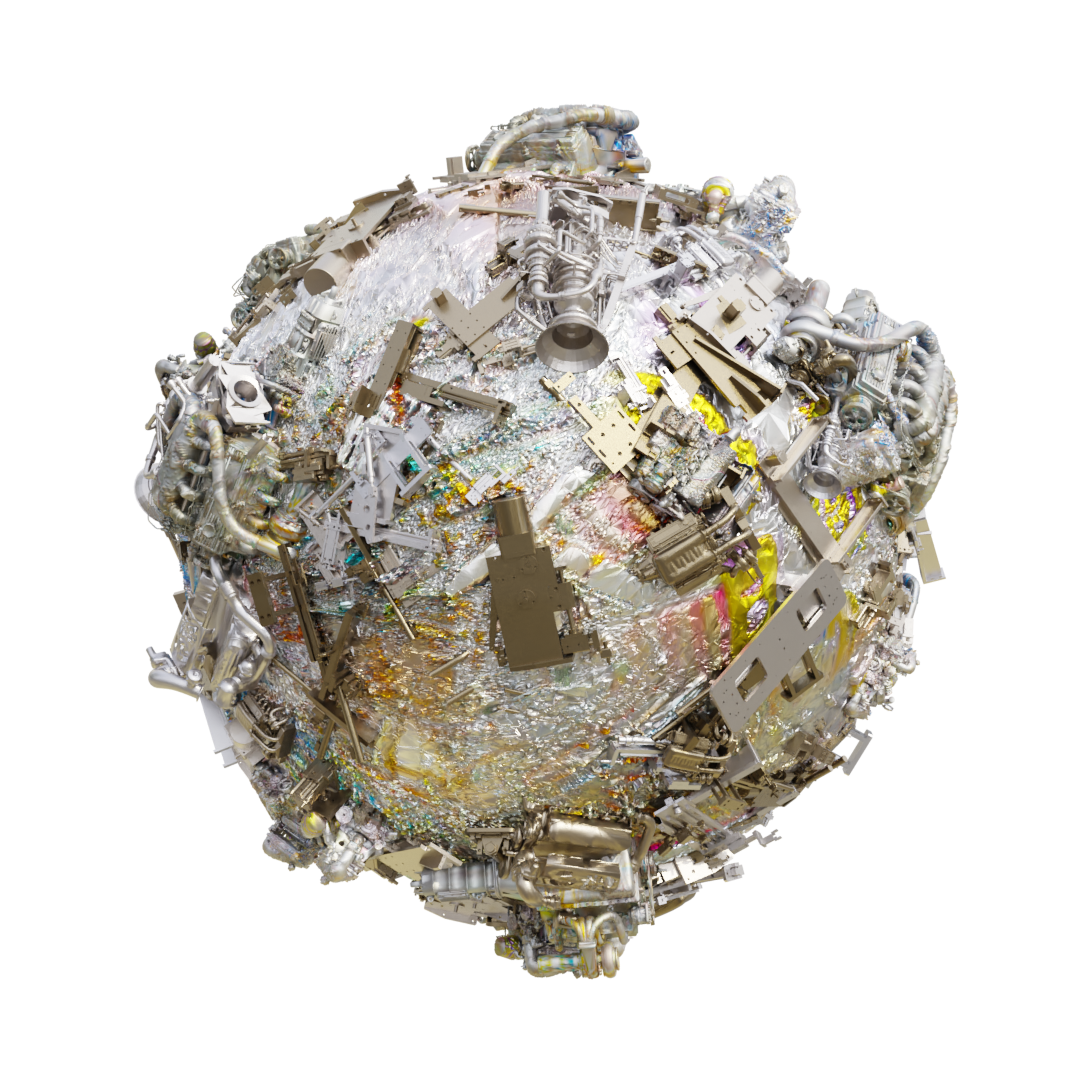
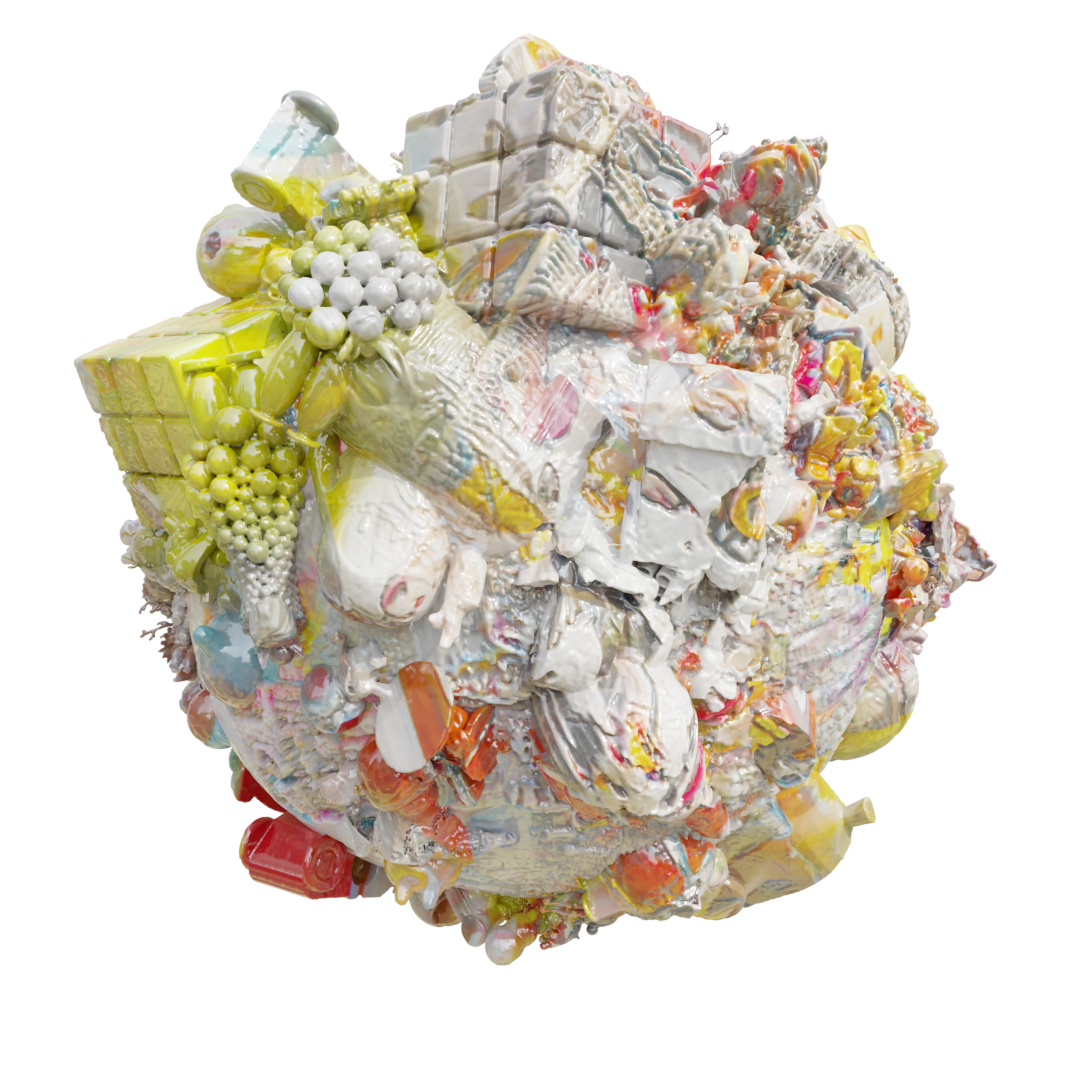
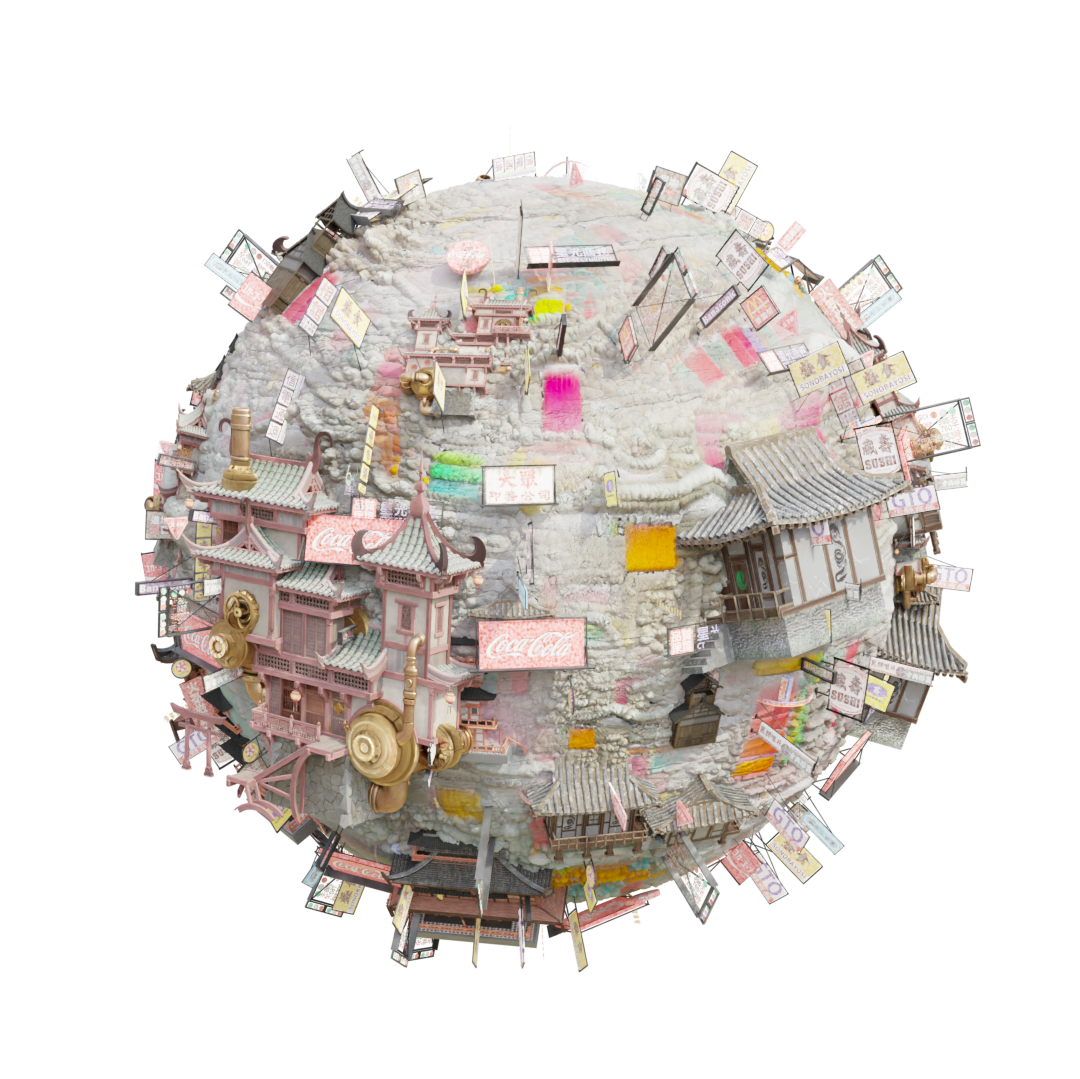
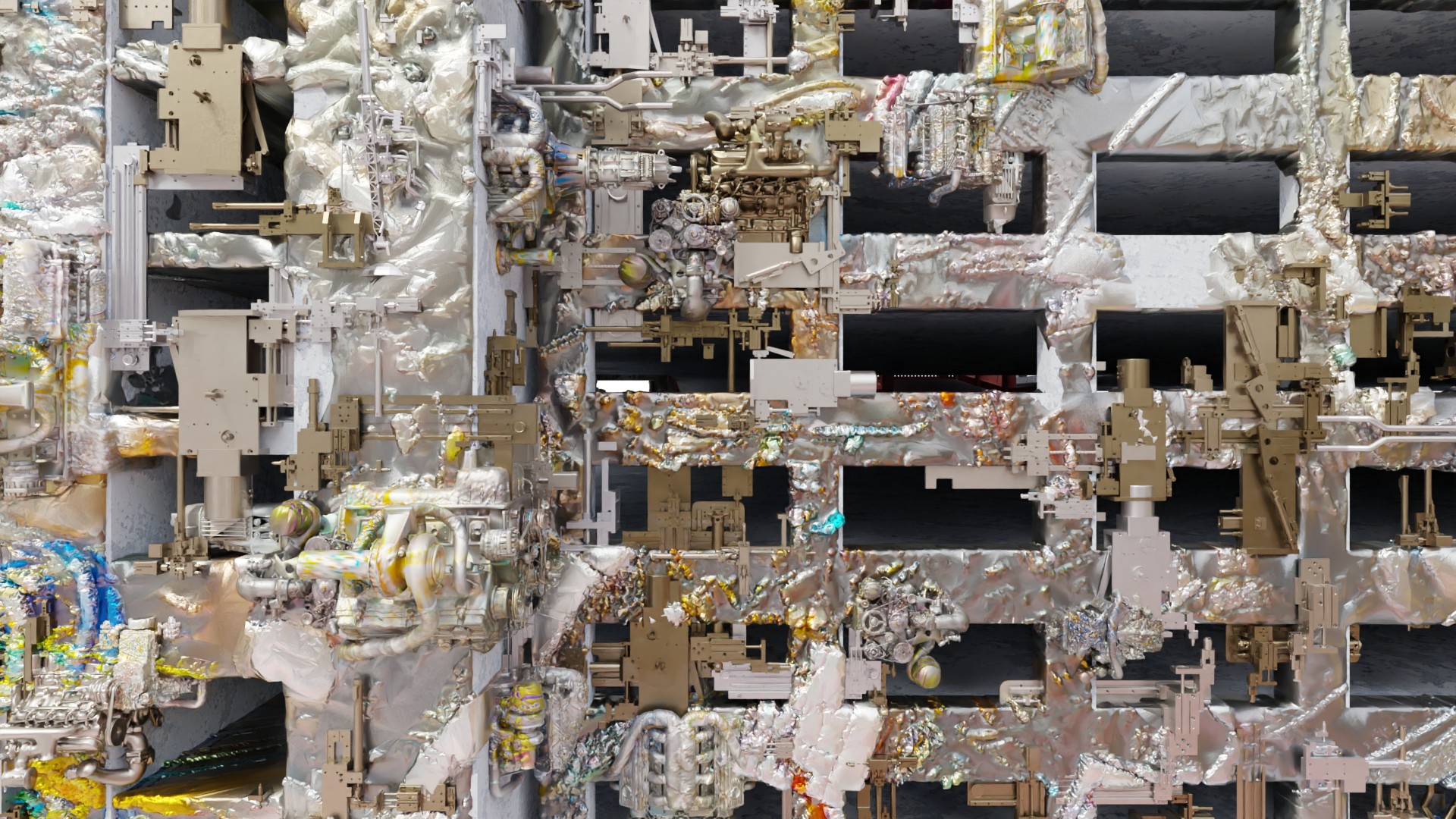
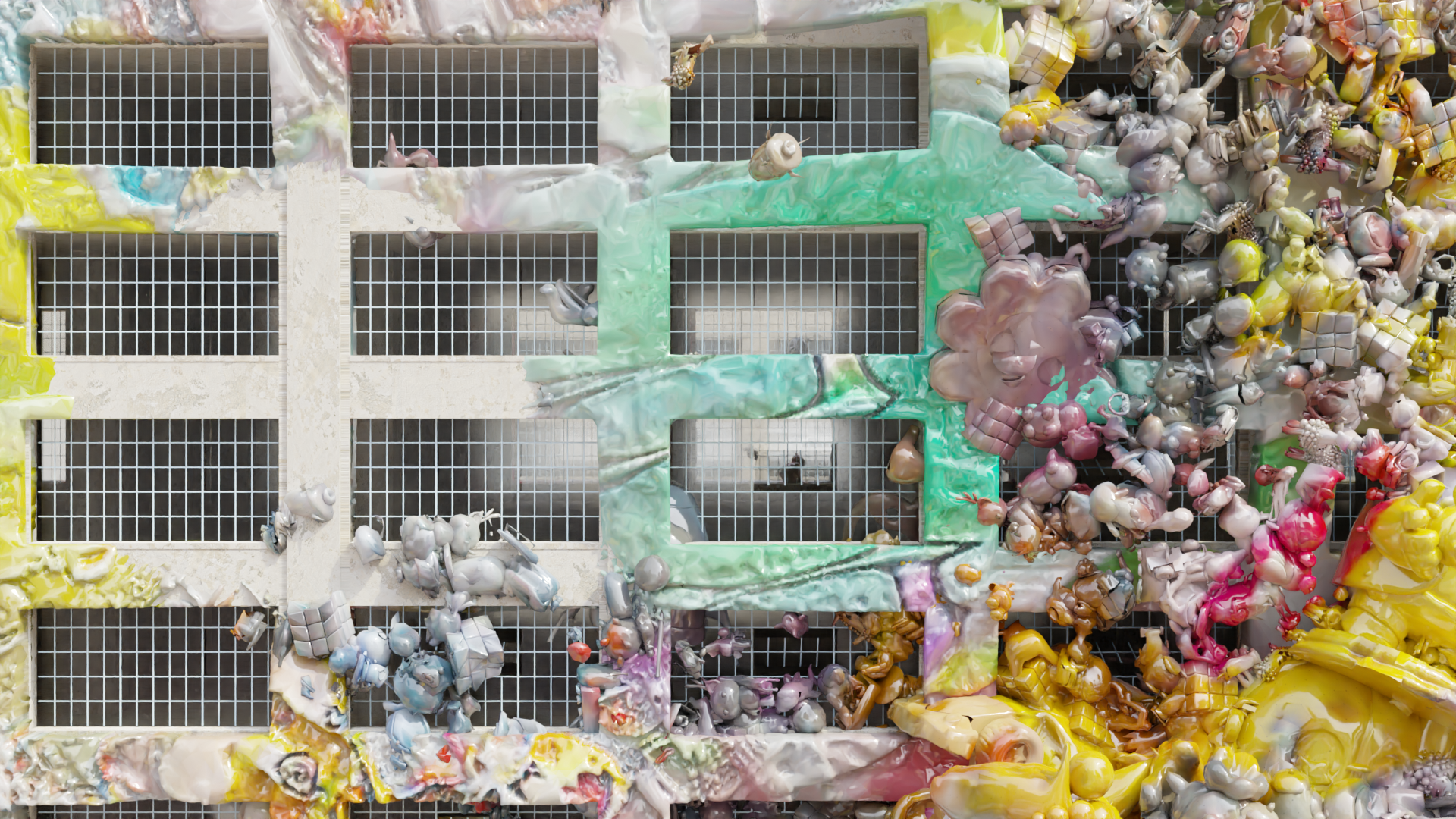
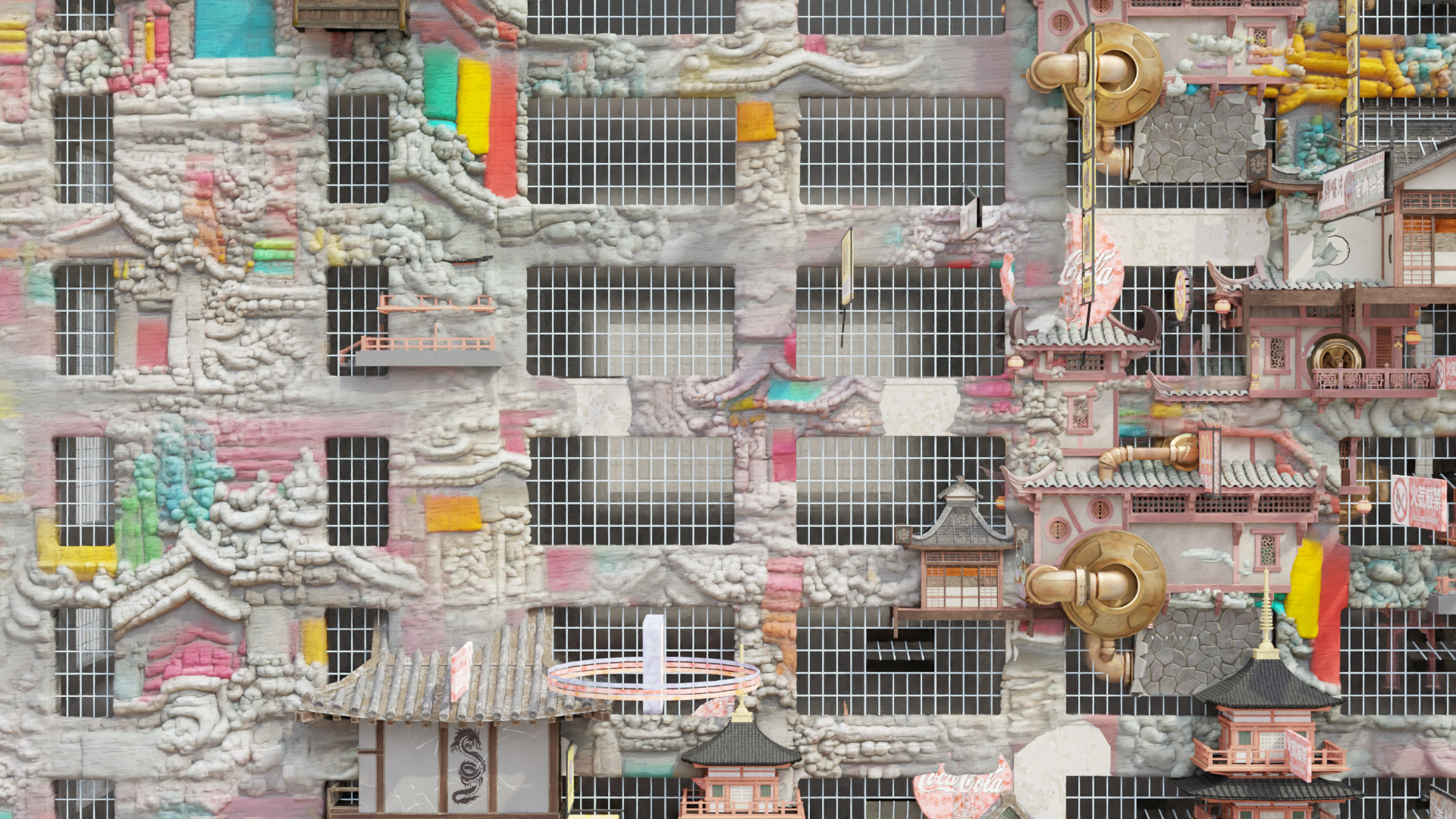
One of the three buildings incorporates mechanic motifs, including car engines. Another building uses motifs from Asian culture. The final building incorporates toys and spills onto the surface parking adjacent to it. The ornaments are intentionally difficult to identify from distance and appear to be a naturalistic field of form and color. When you get closer, you start to see what they are. When you get very close, what appears to be glossy plastic surfaces becomes more complex combining both synthetic and natural materials.
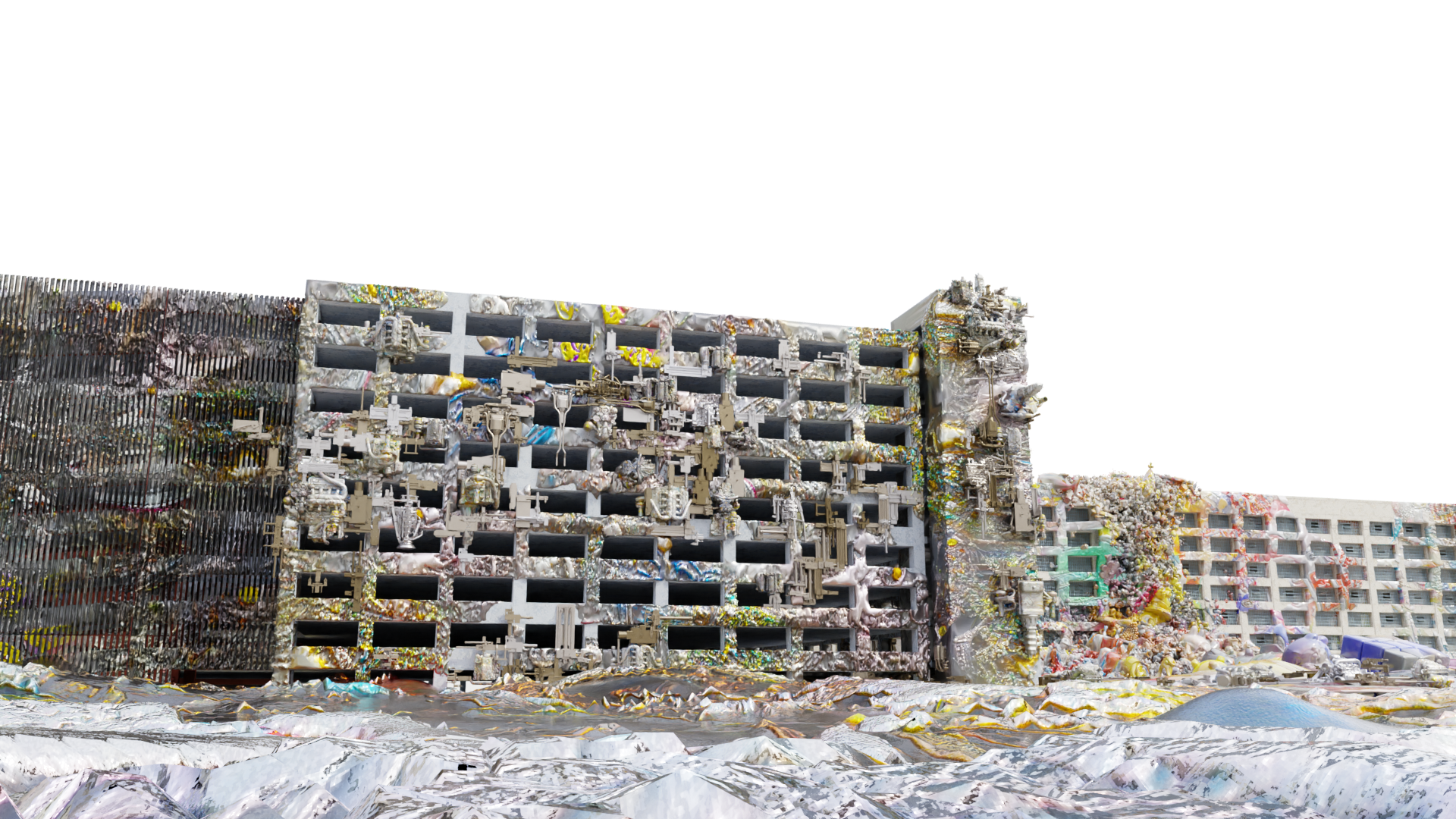
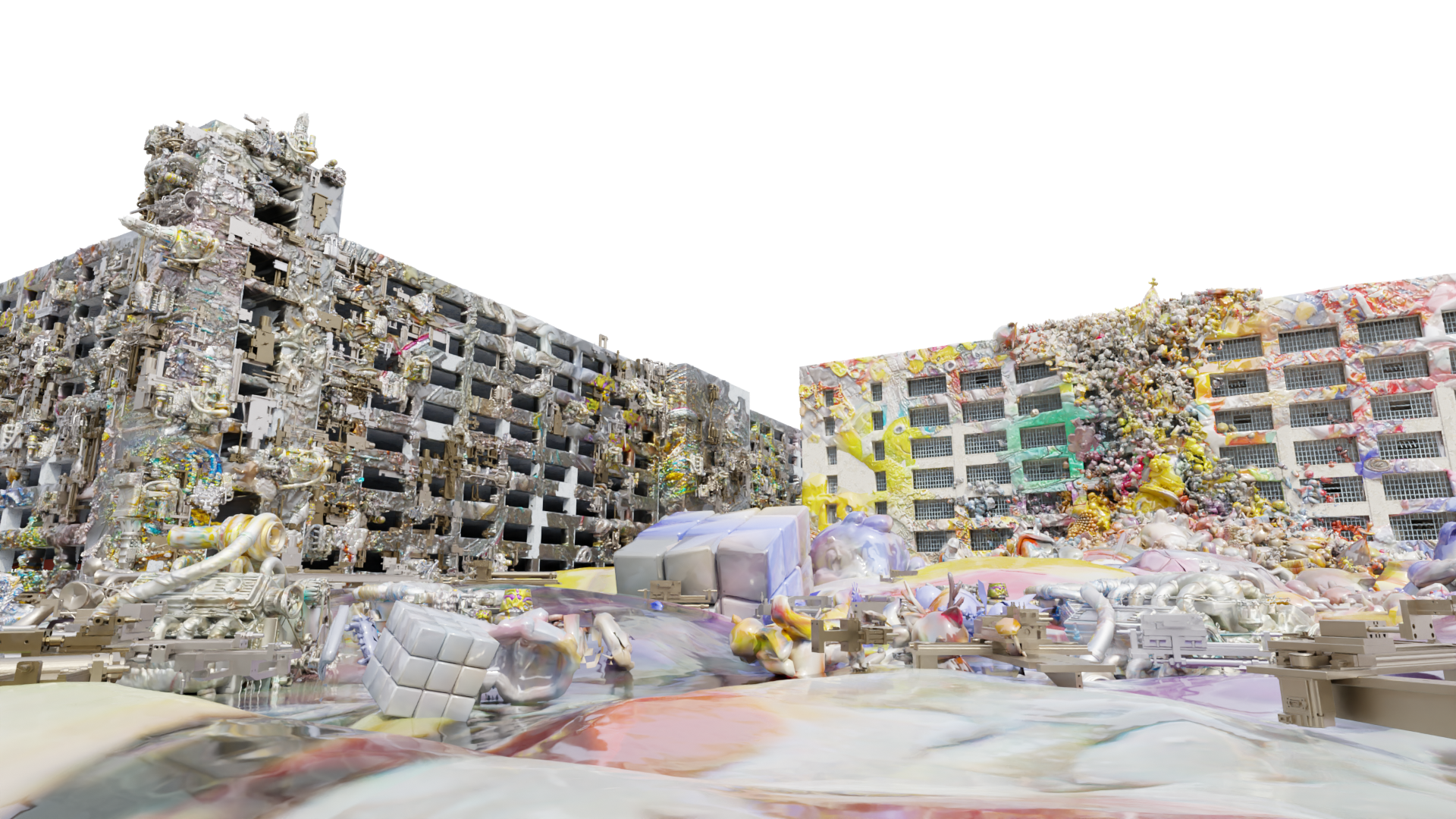
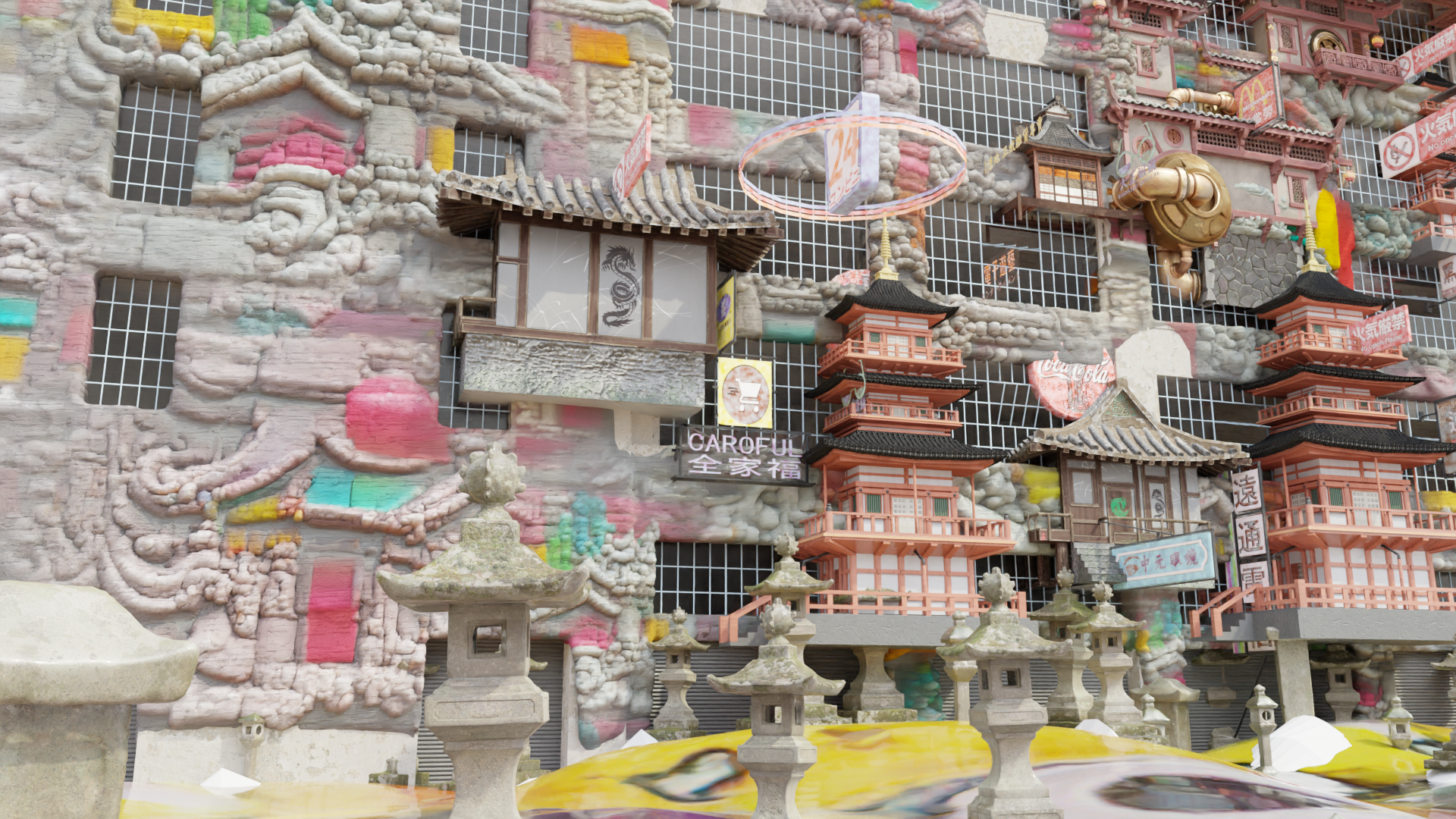
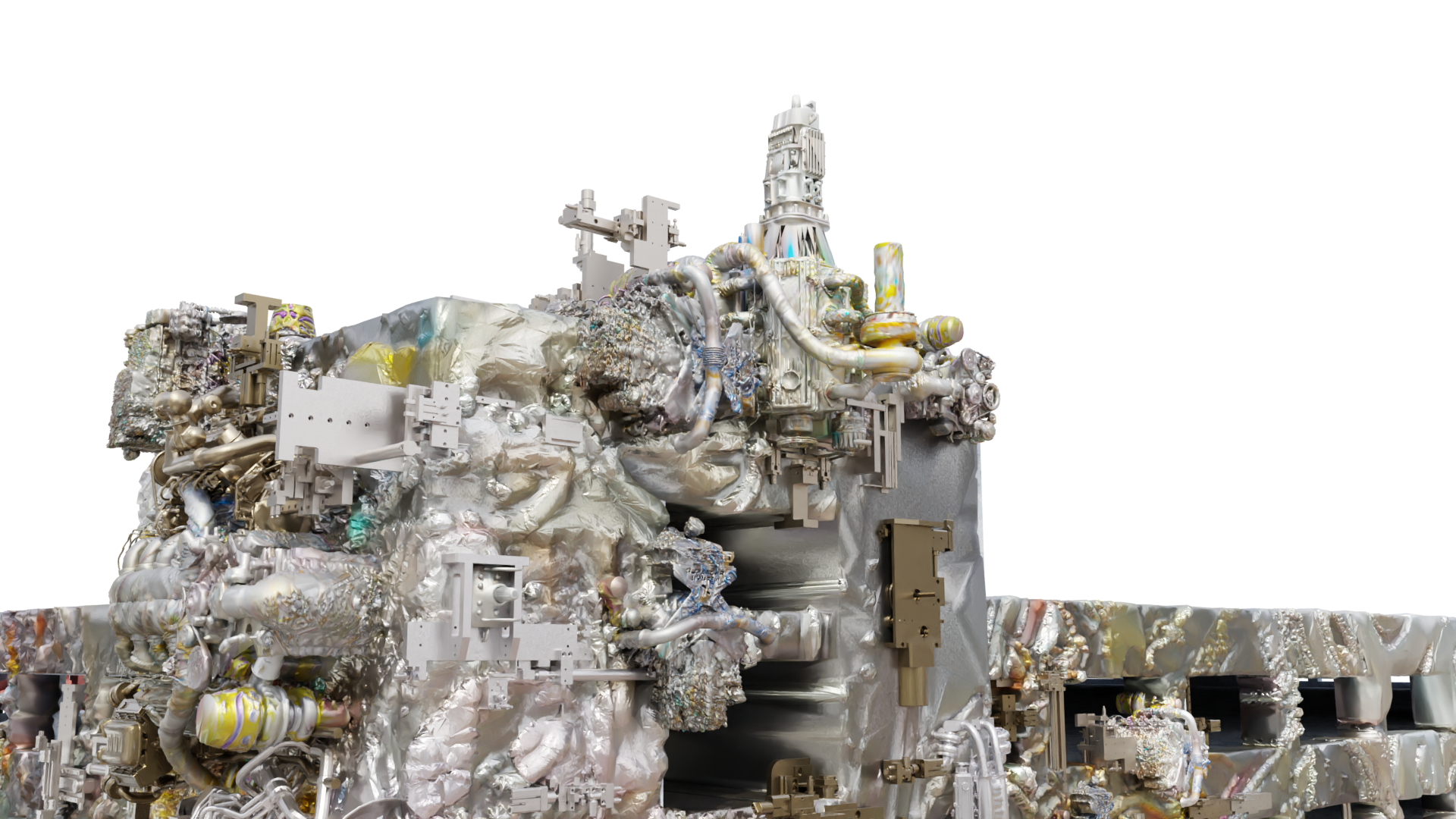
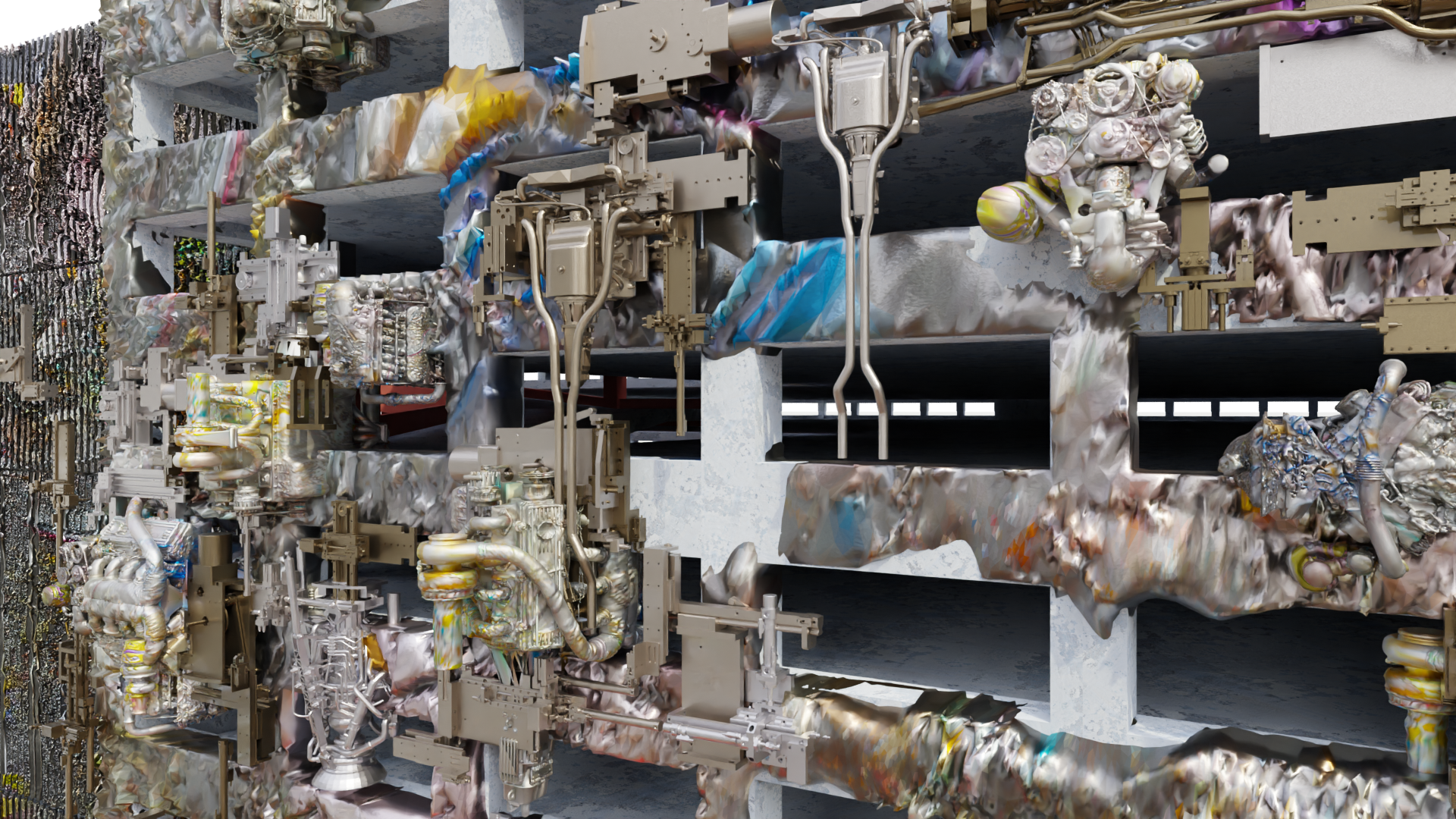
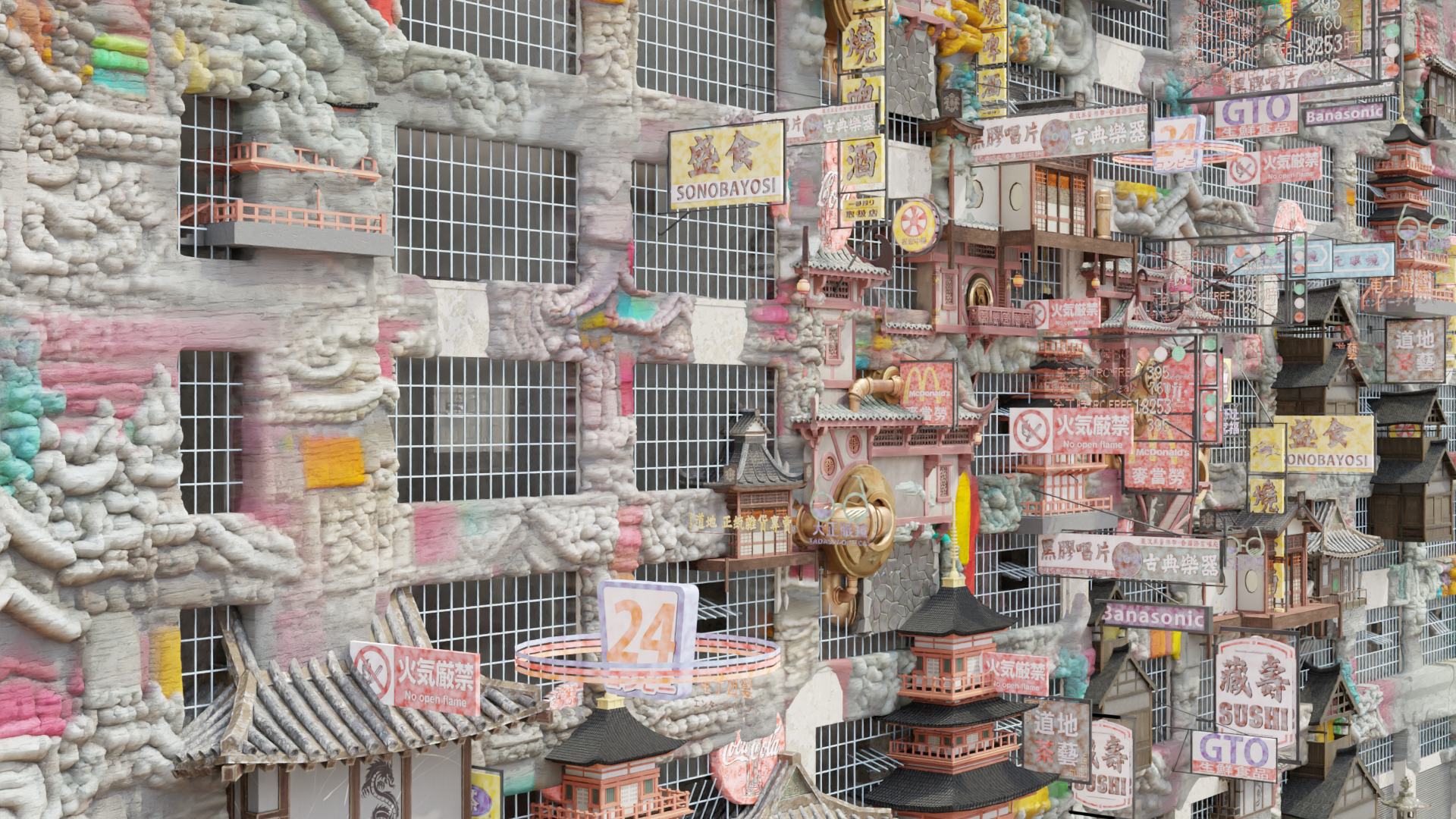
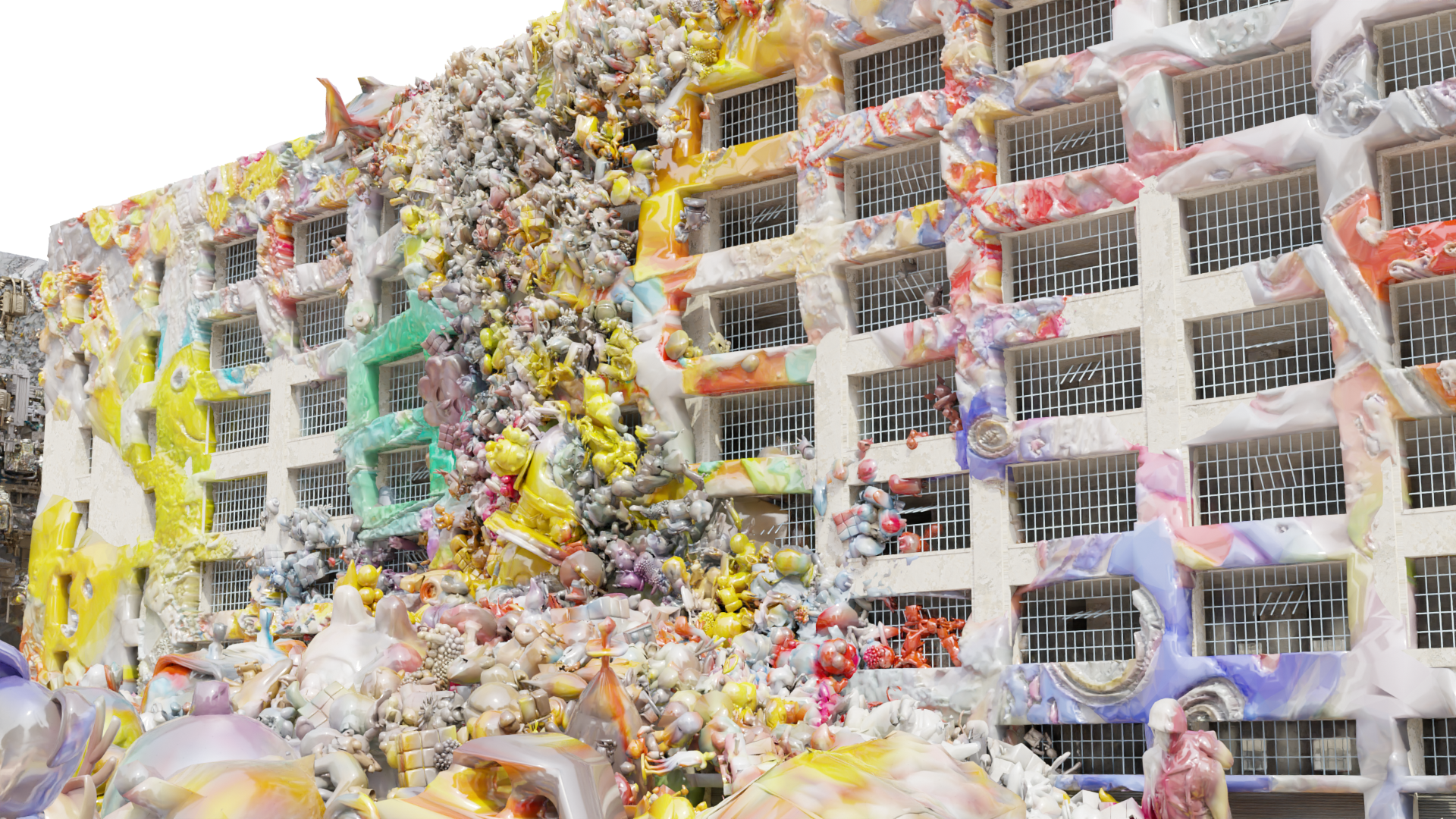
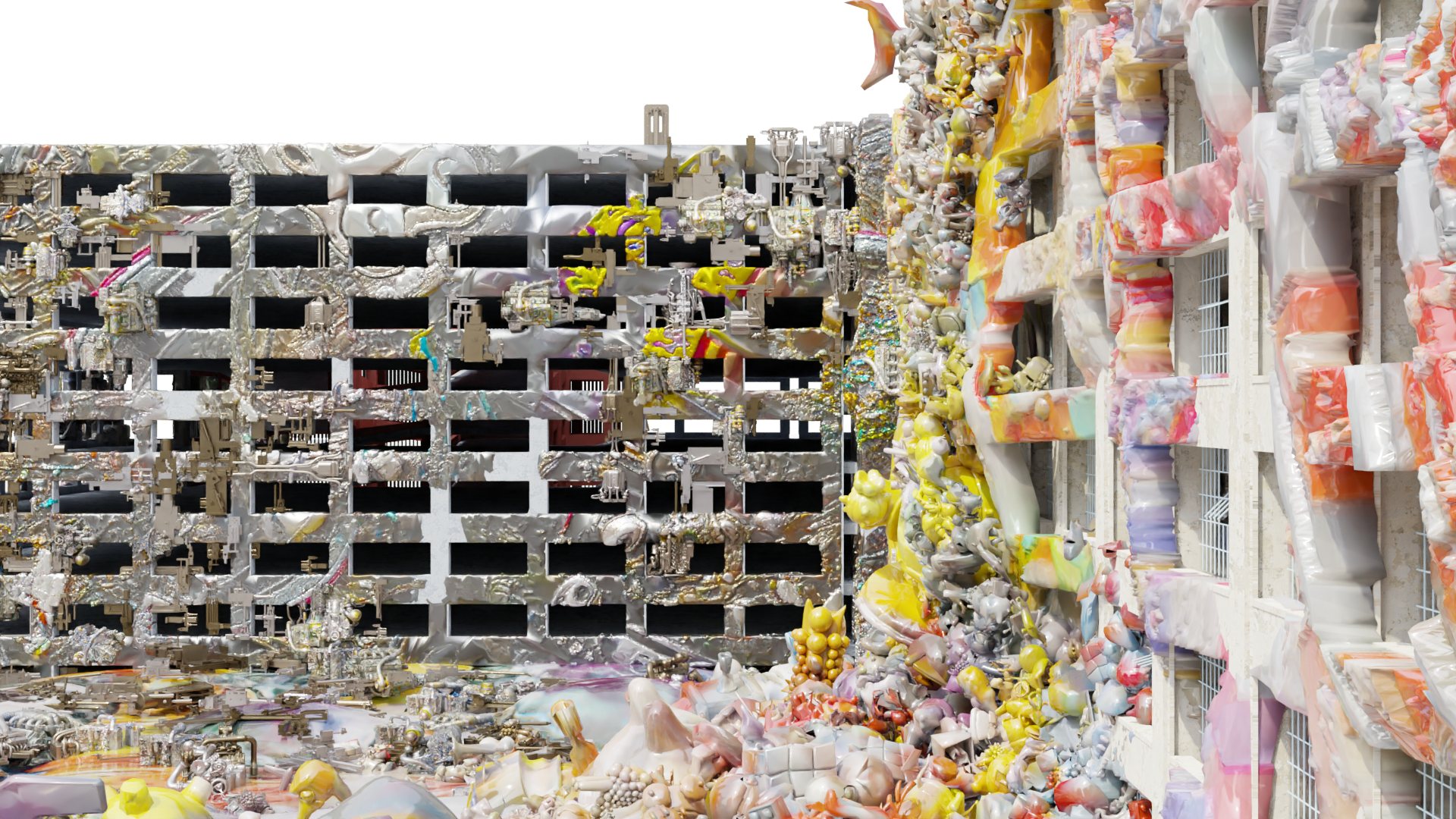
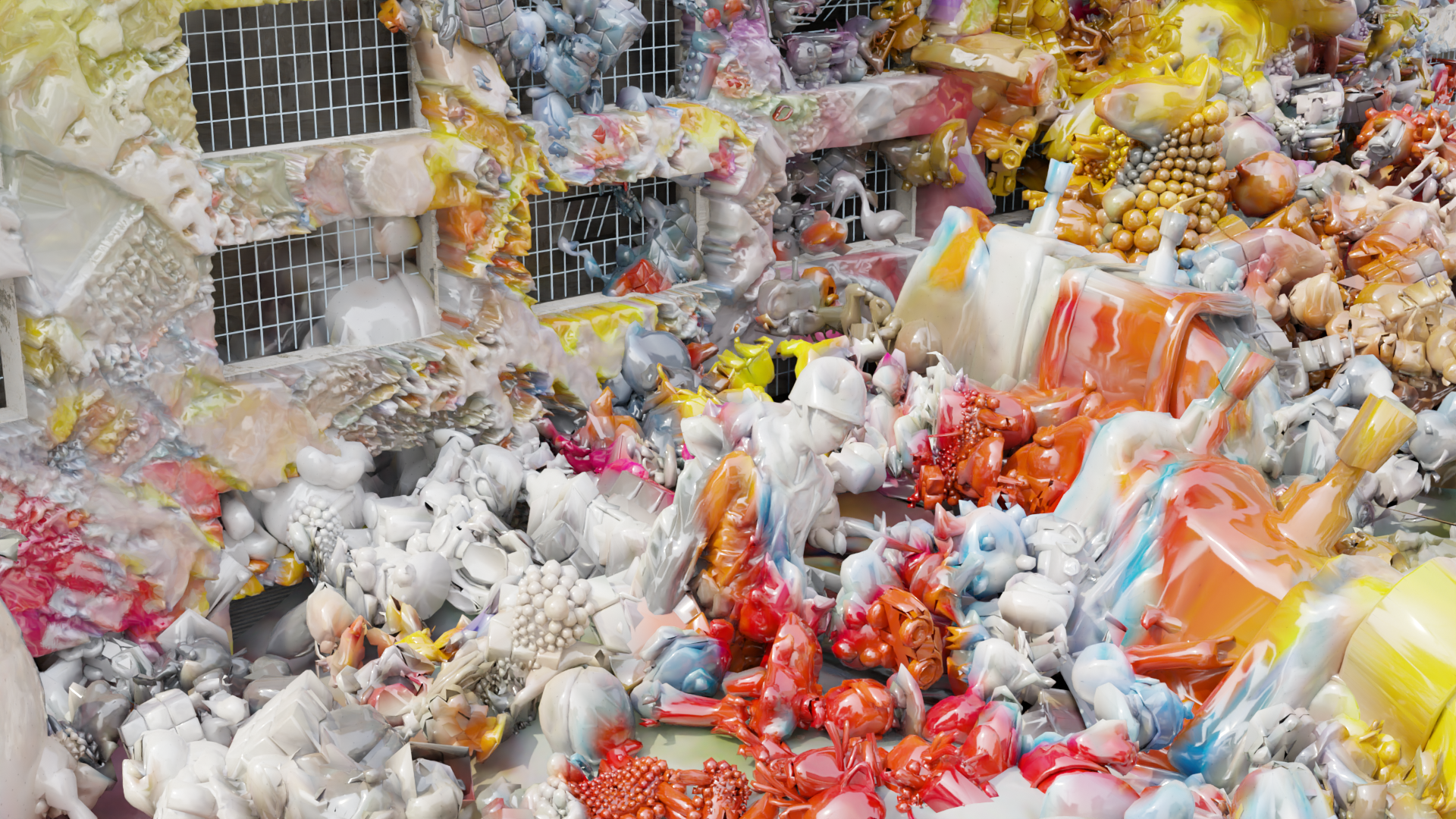

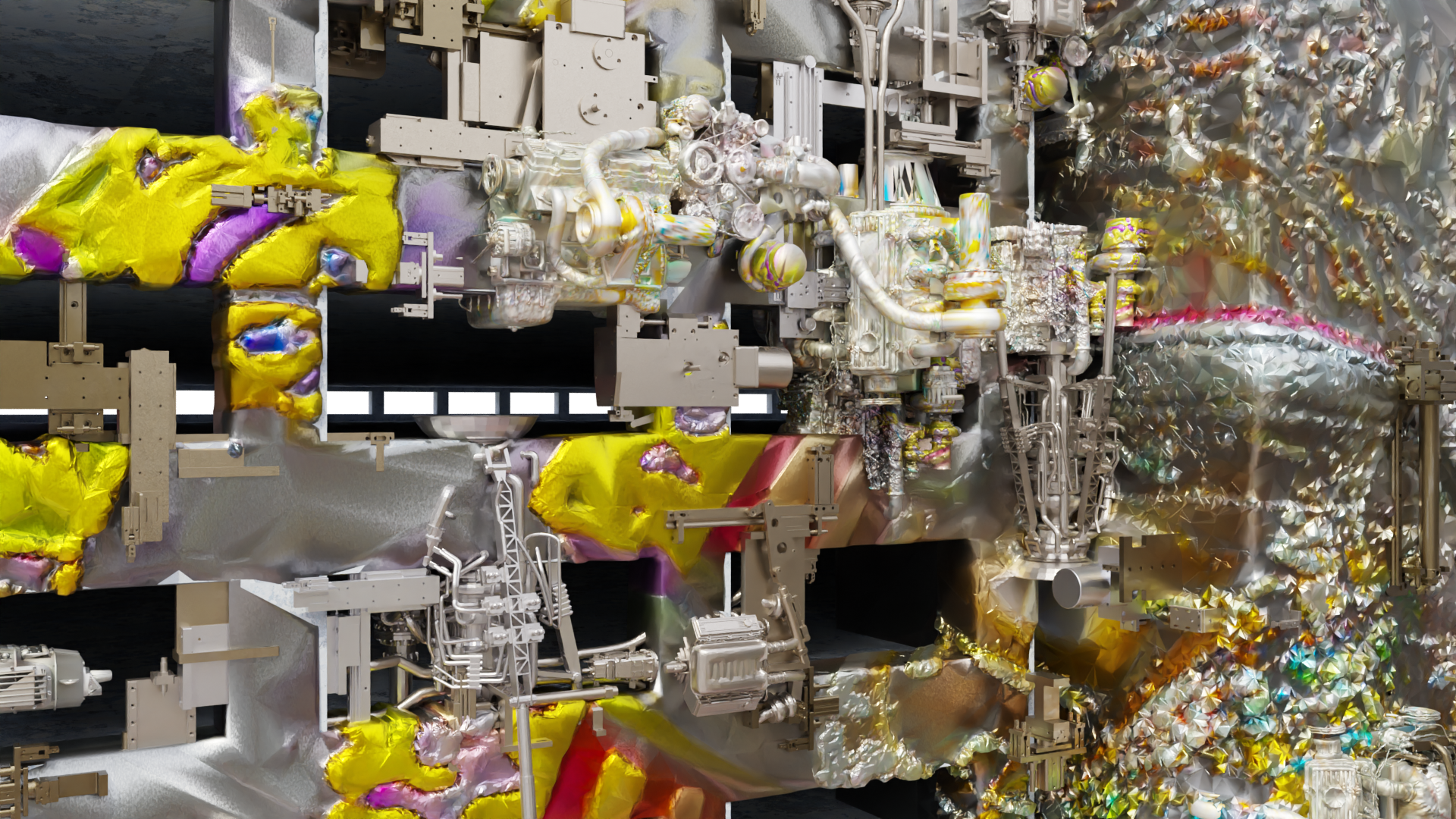
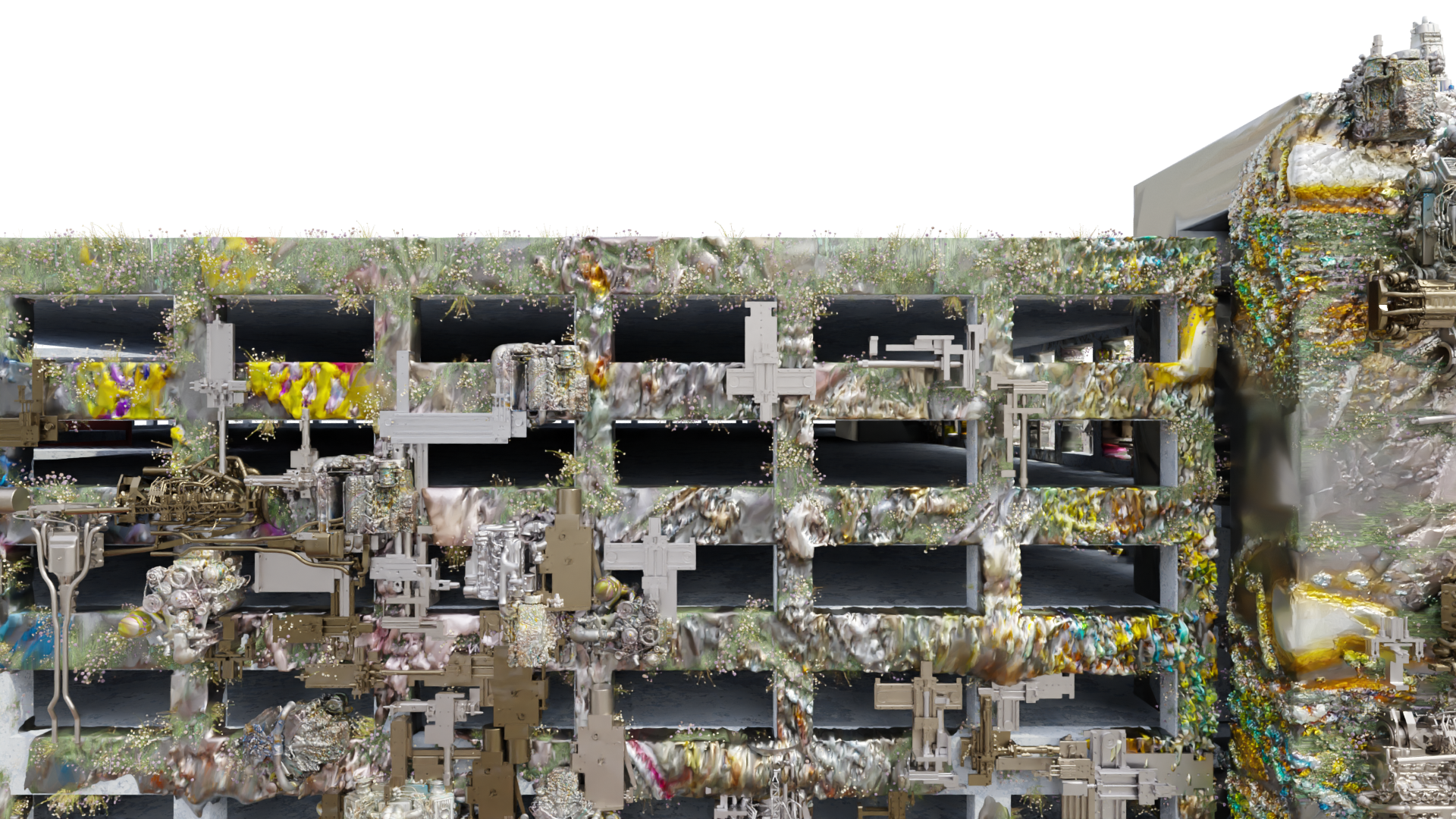
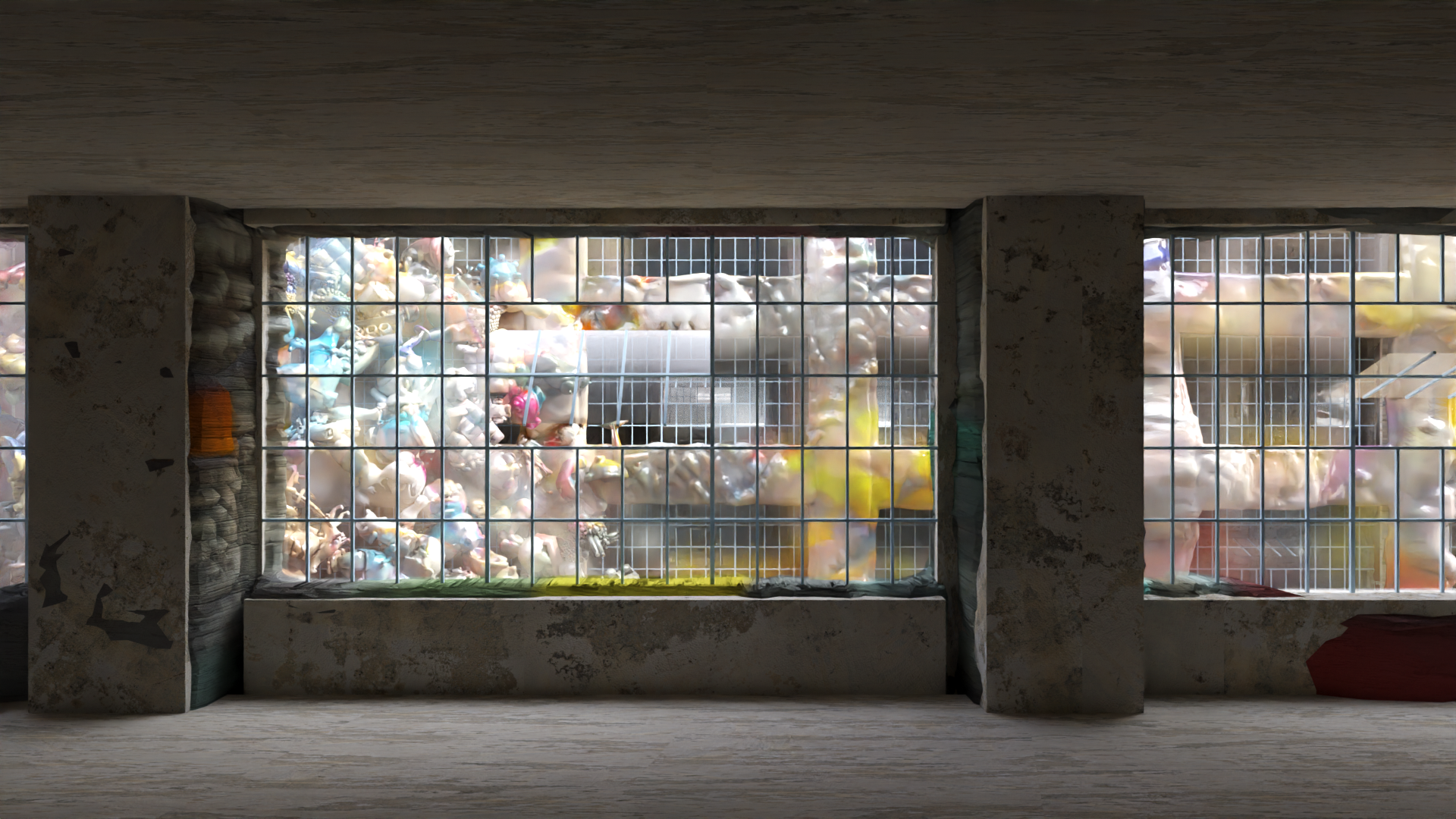
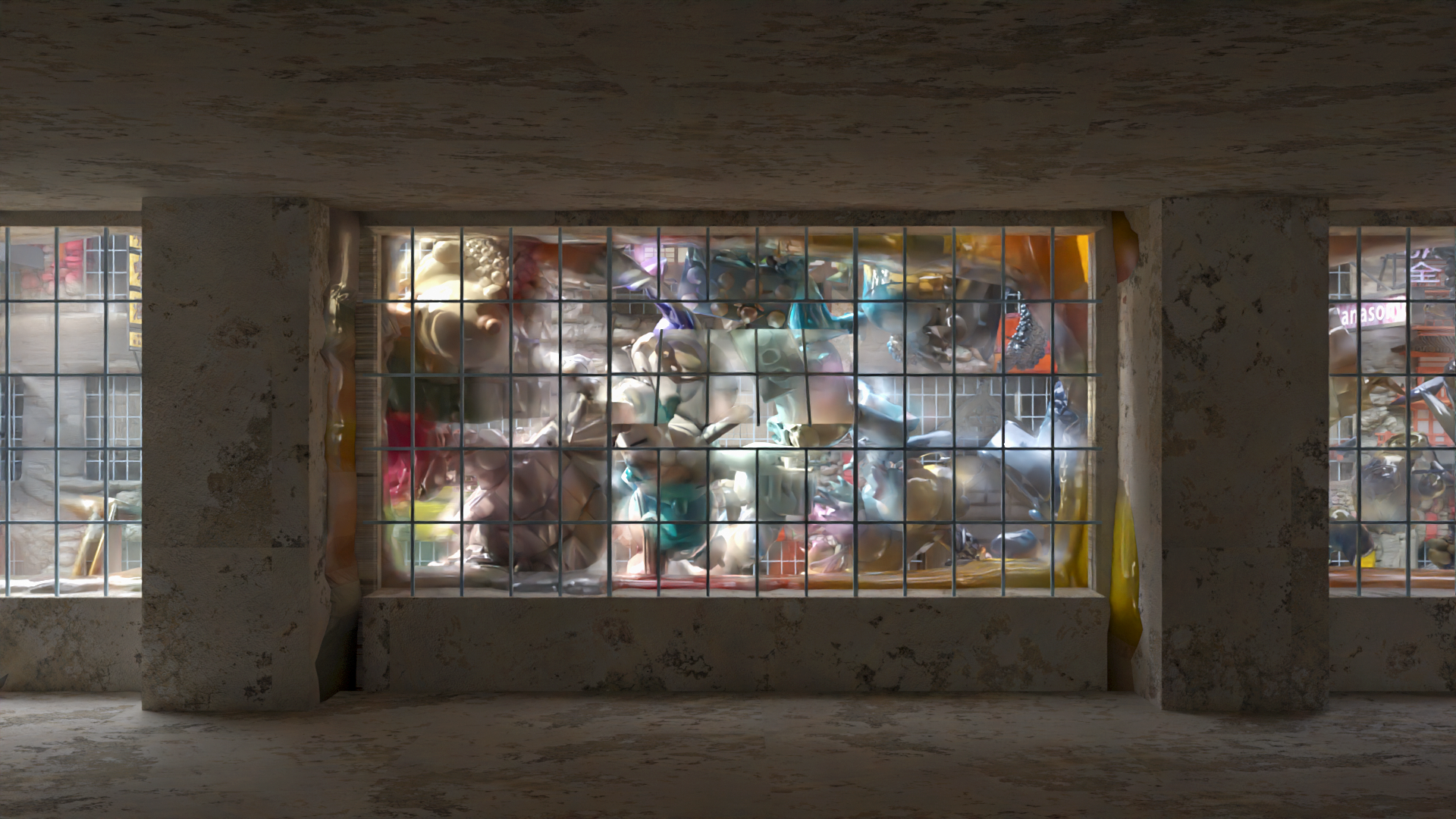
As for the design of landscape, this alienation contributes to creating both integration and autonomy of these buildings. The current surface parking becomes a strange garden. What appears as glossy is indeterminate. Is it polished? Or is it wet? The most interesting thing for me is for these new surfaces to participate in the same entropy as anything else. It is not intended to be everlasting in a fixed designed state–it too will decay. Constructing a sense of ambiguity between what is nature and what is culture is the desired outcome.
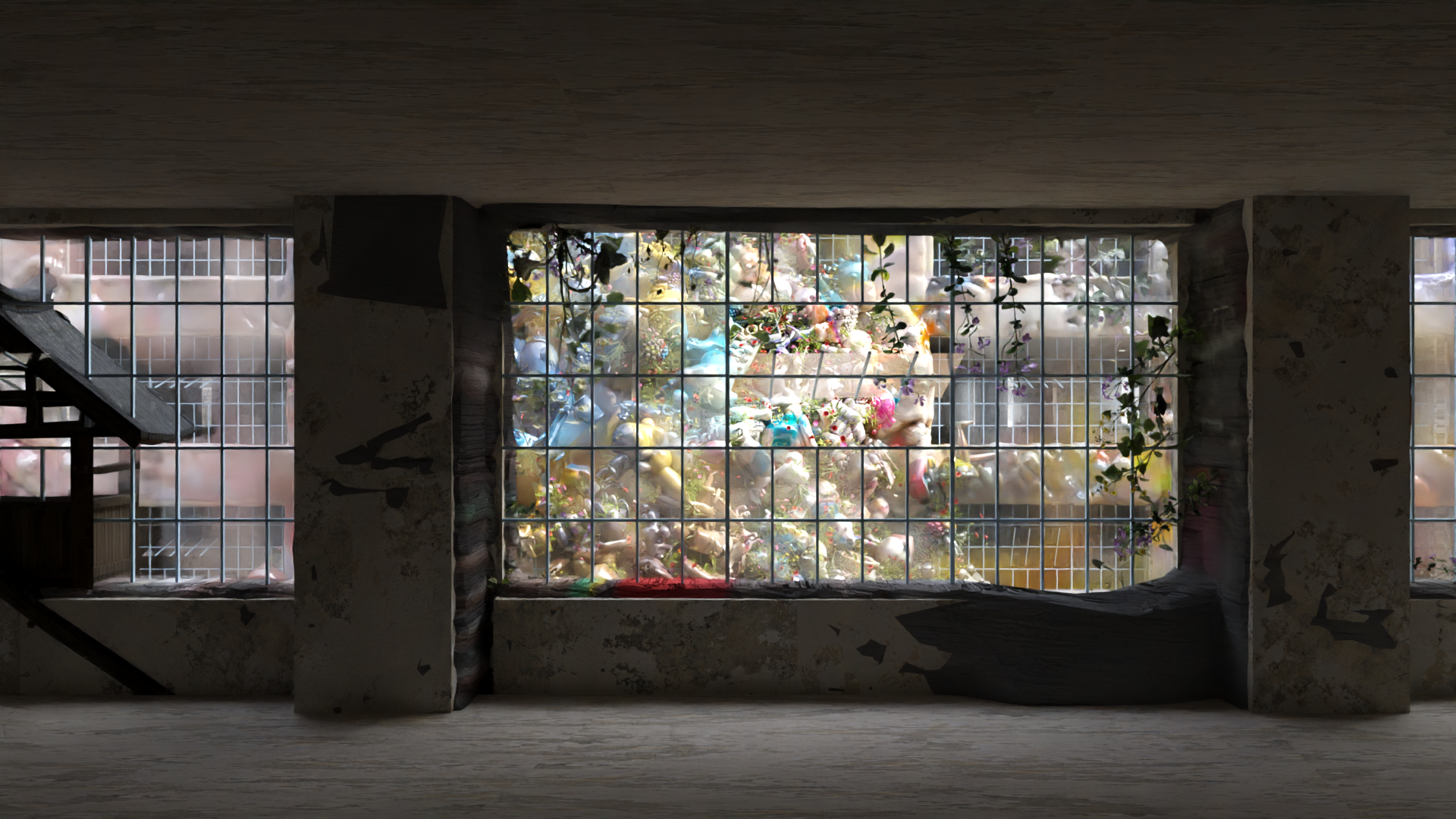
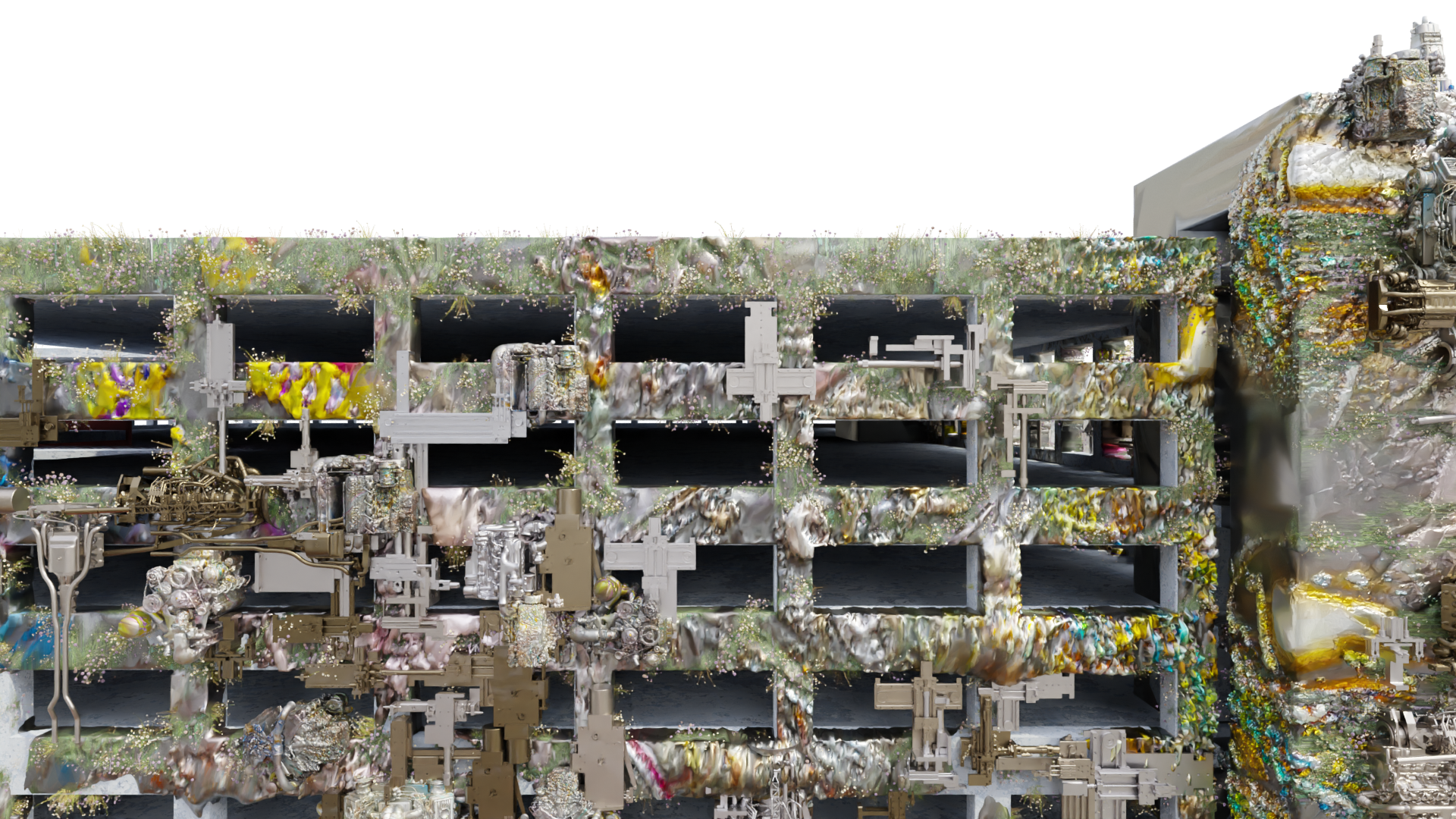
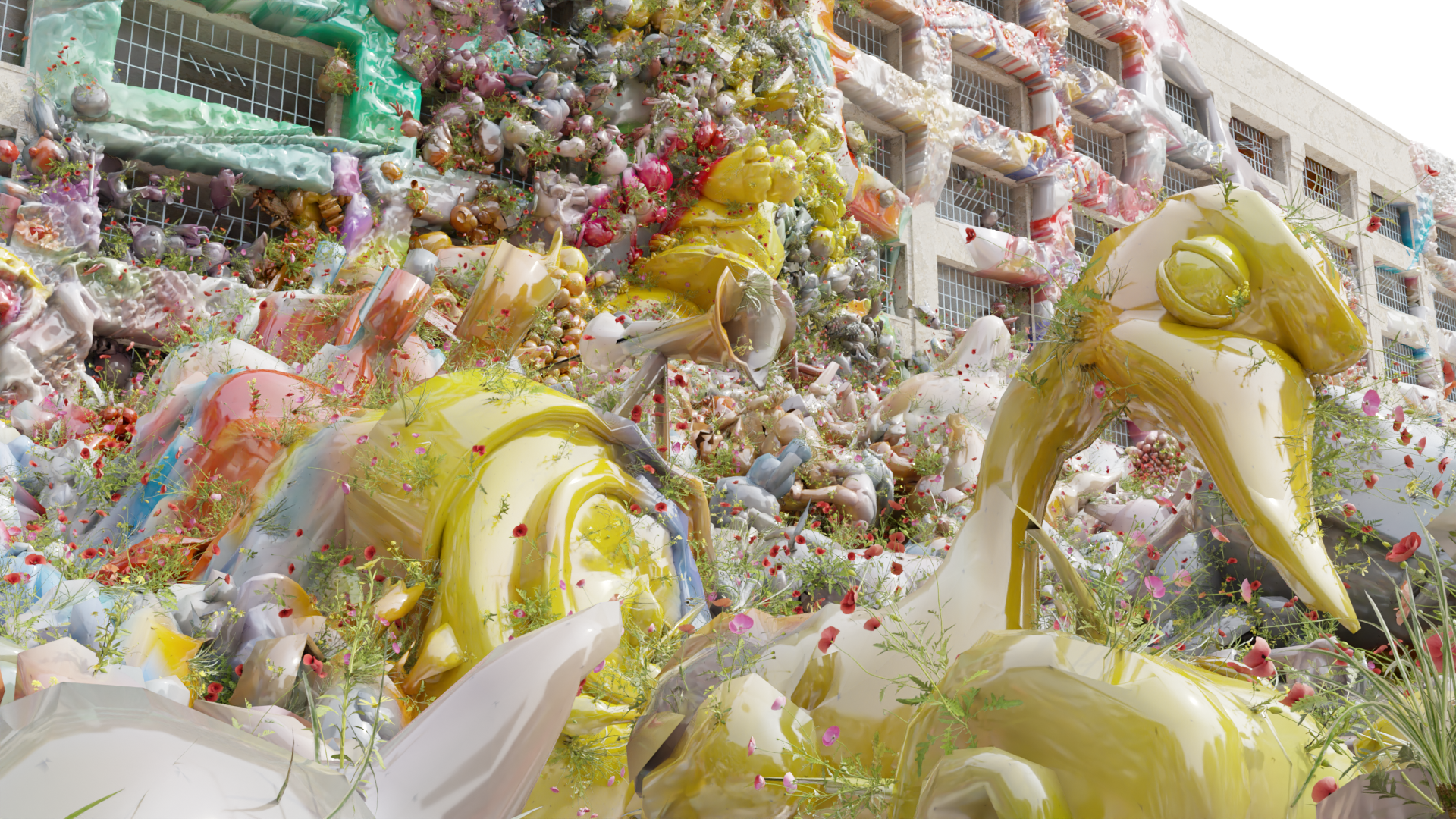
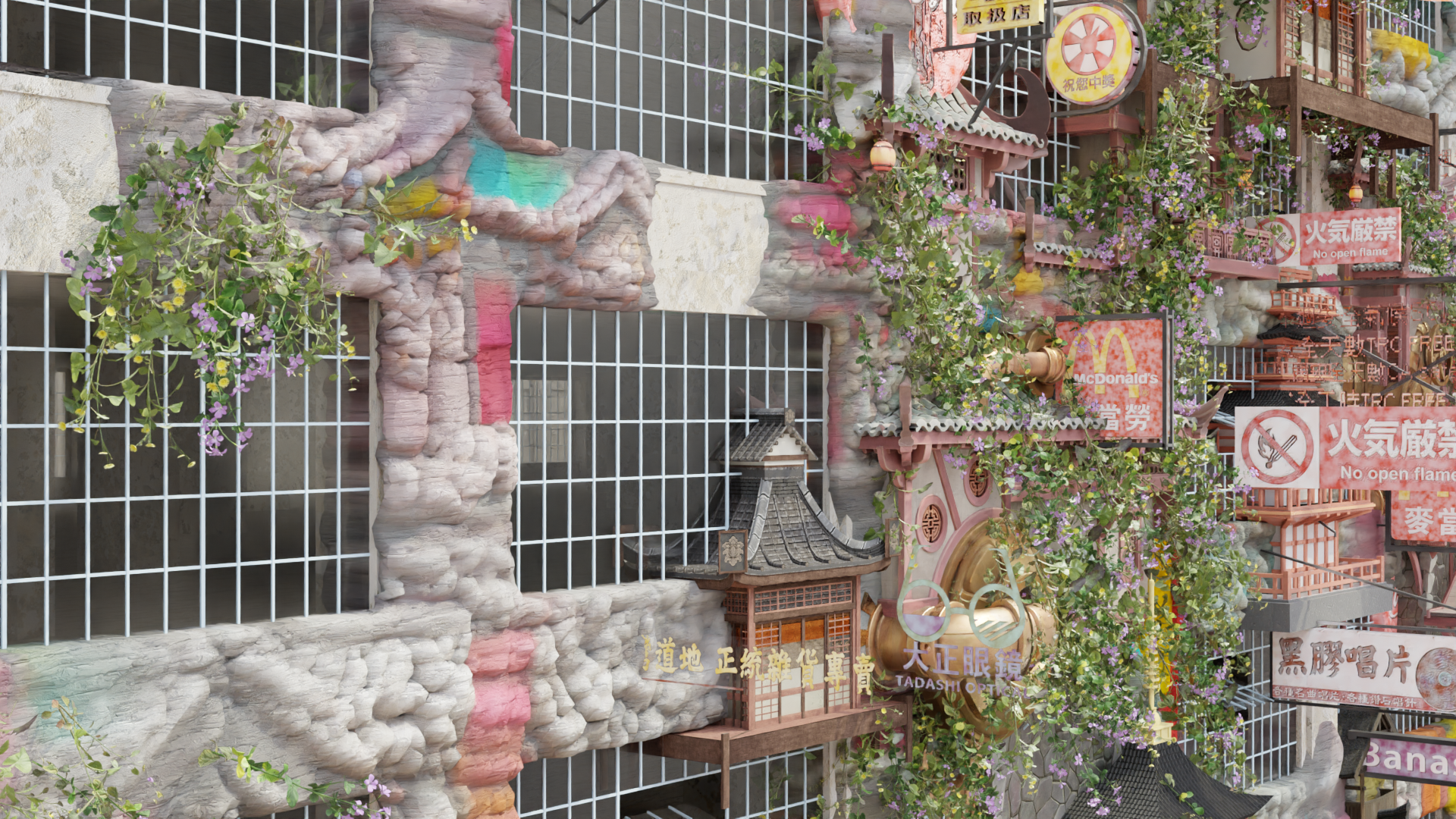
Featured on ArchDaily
